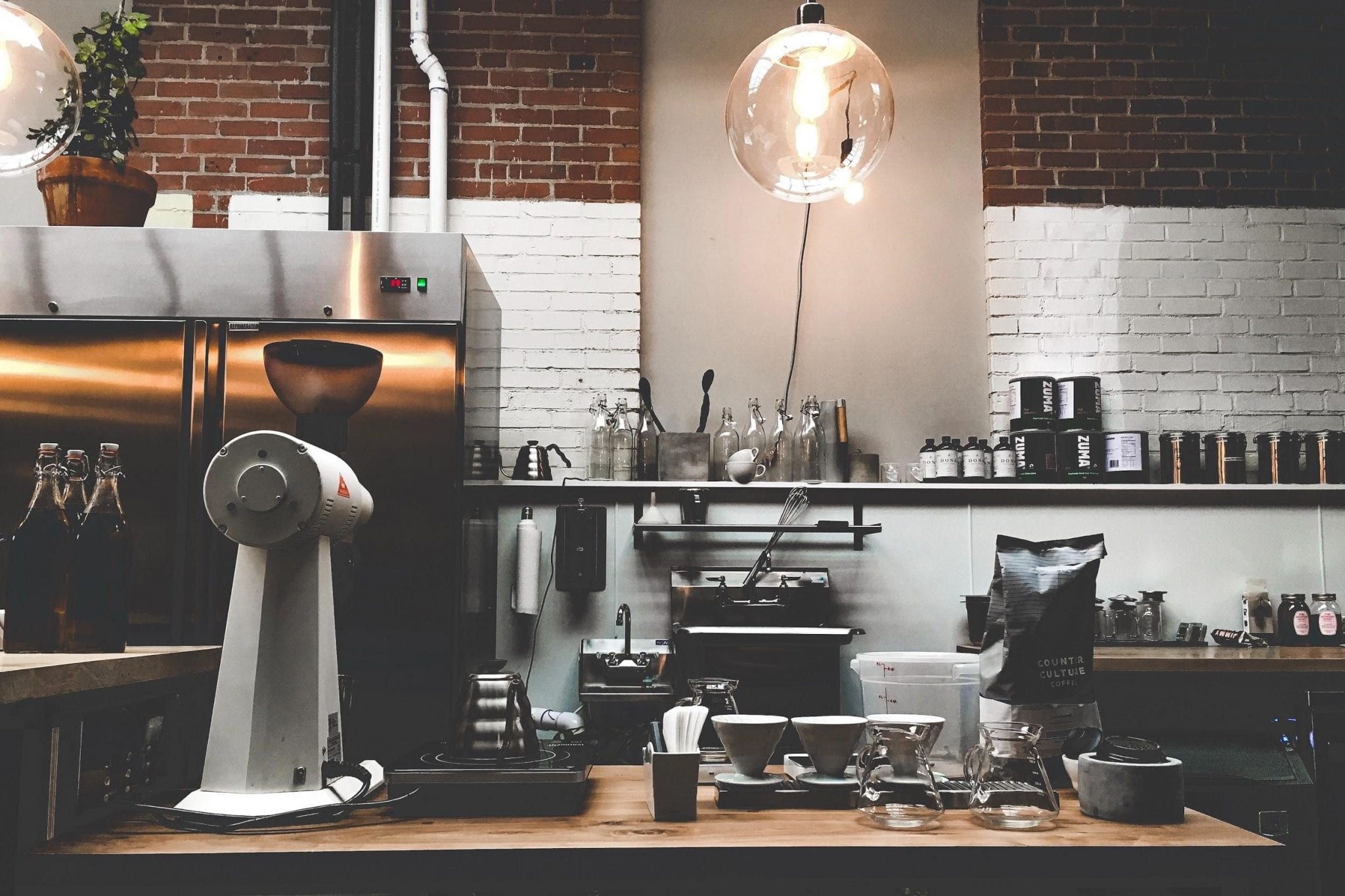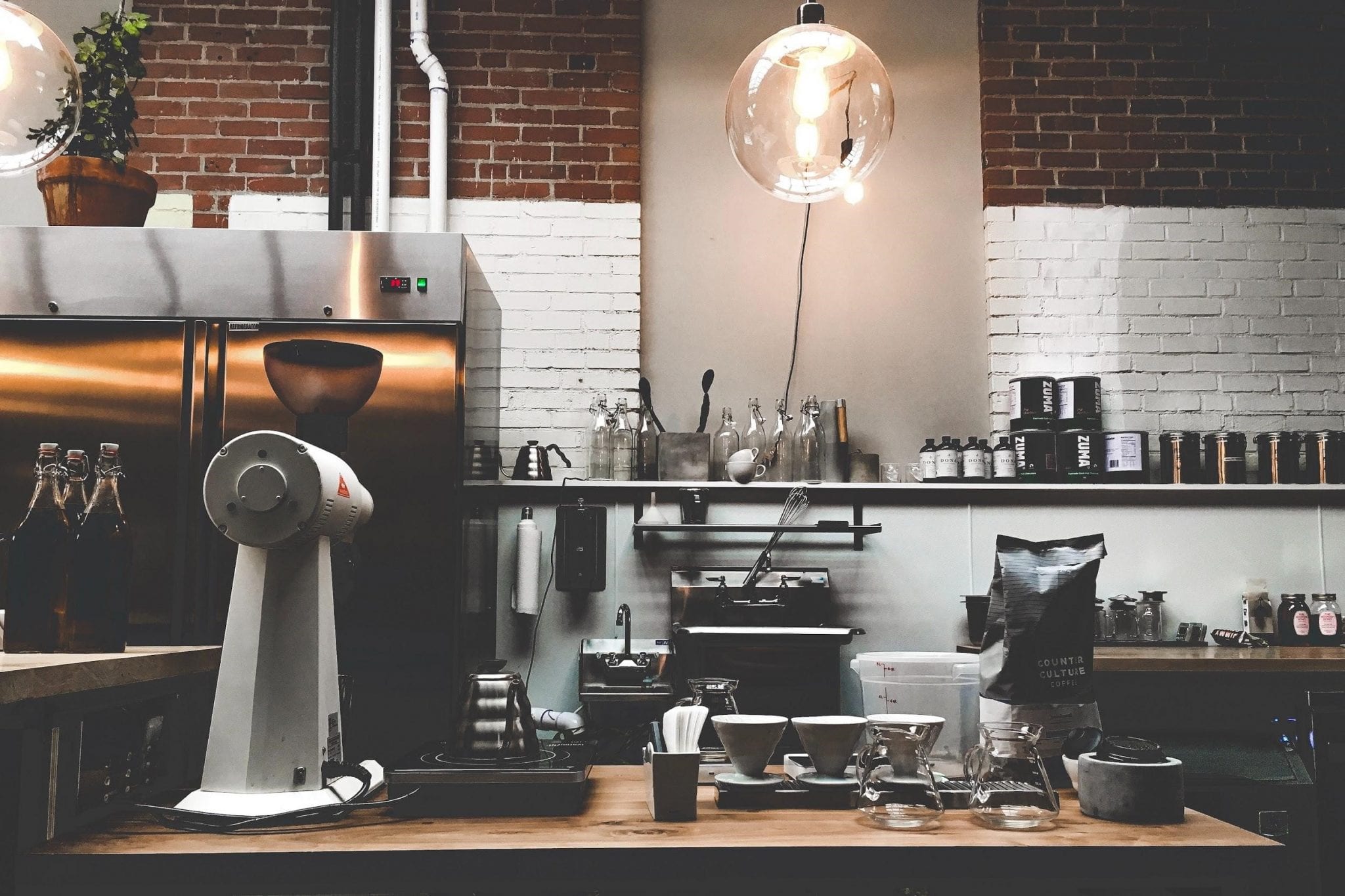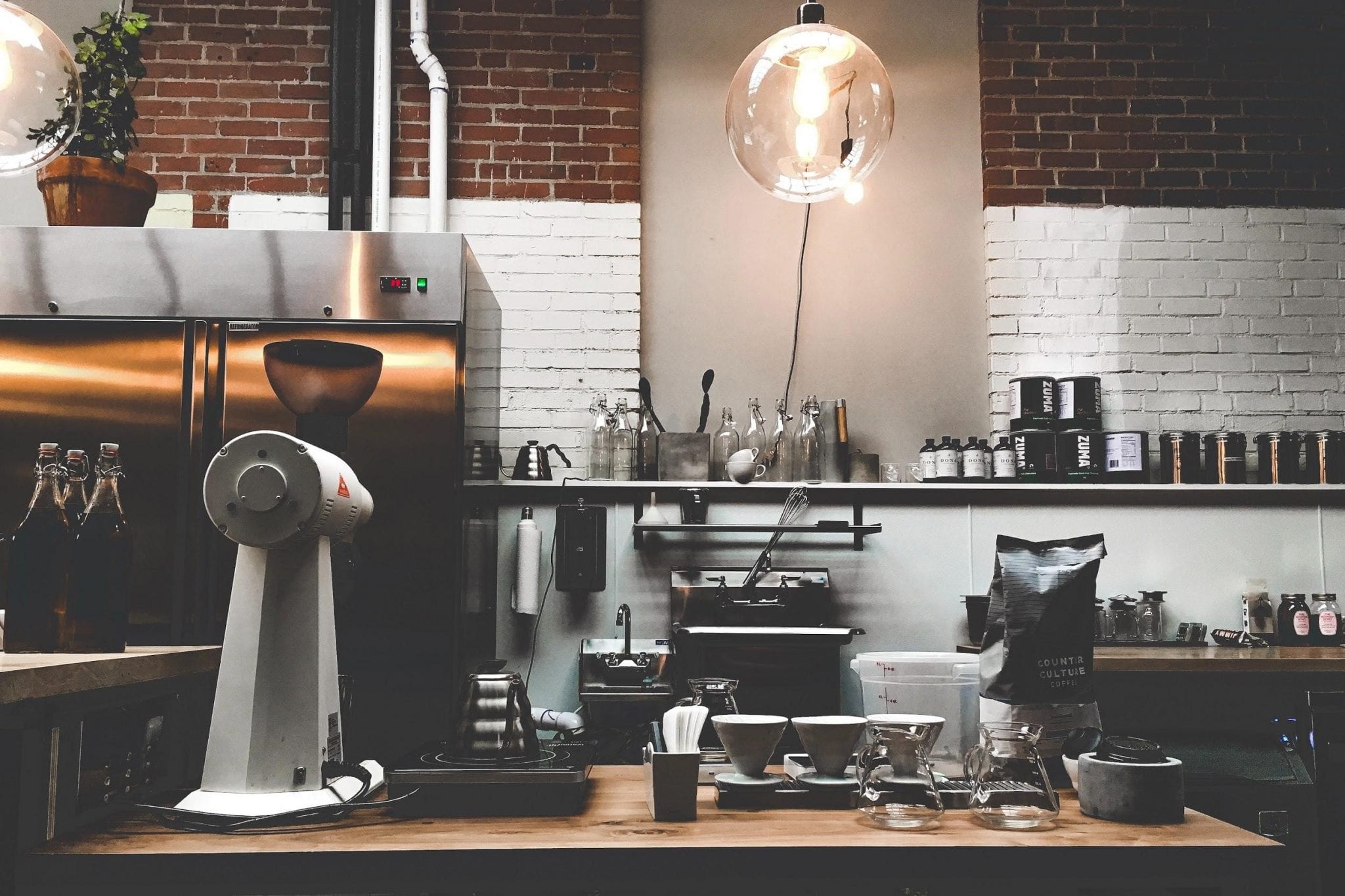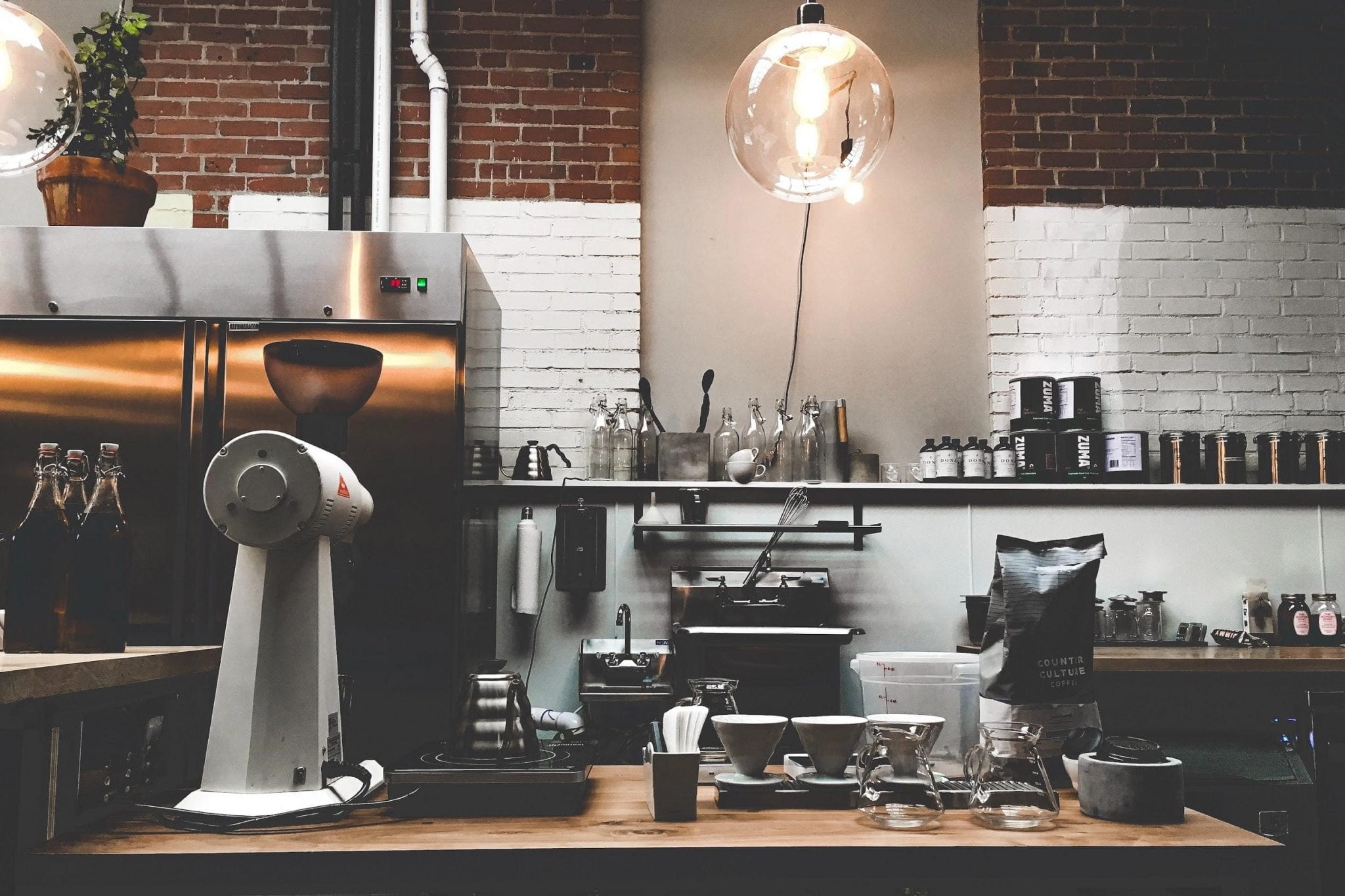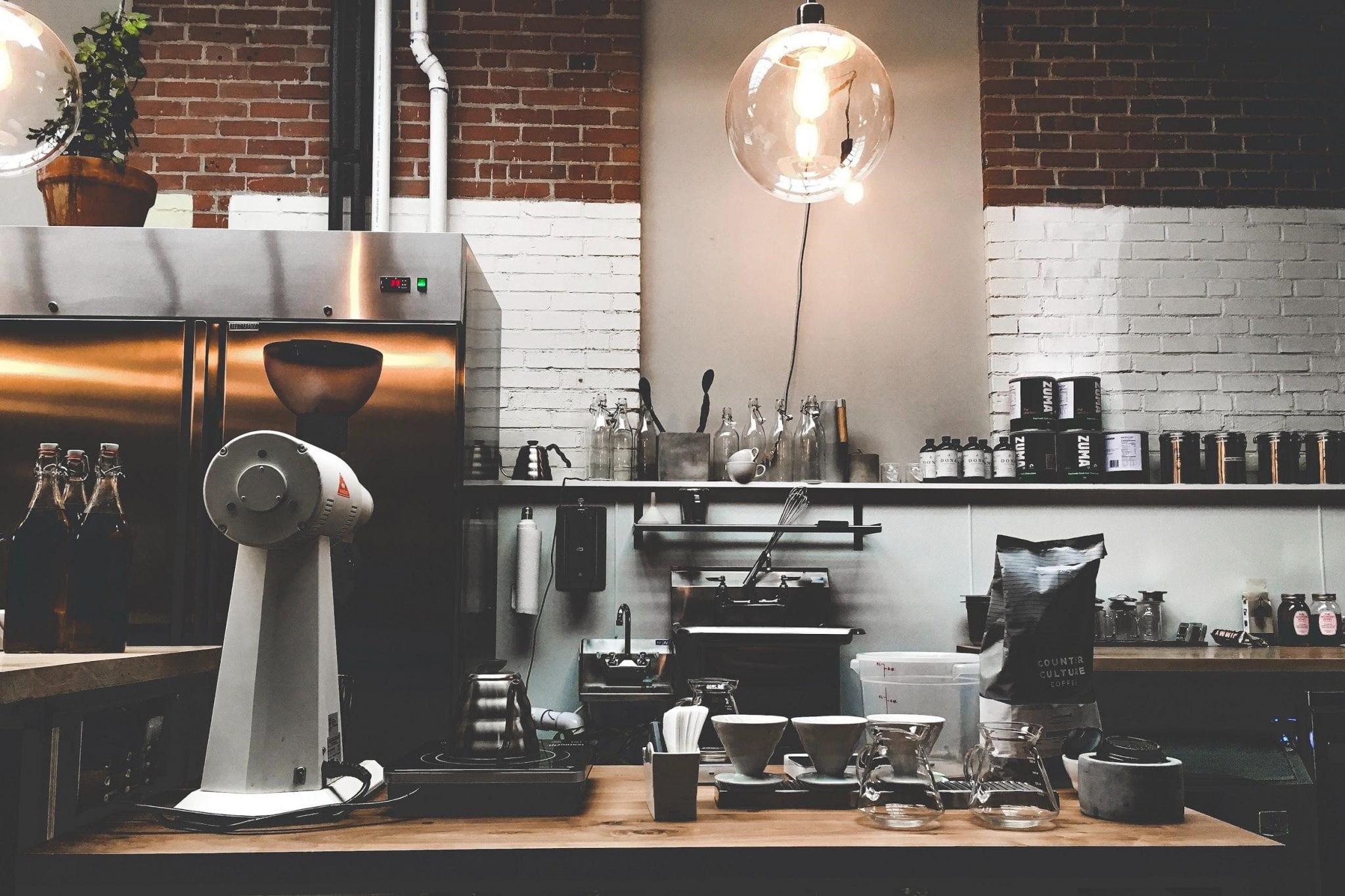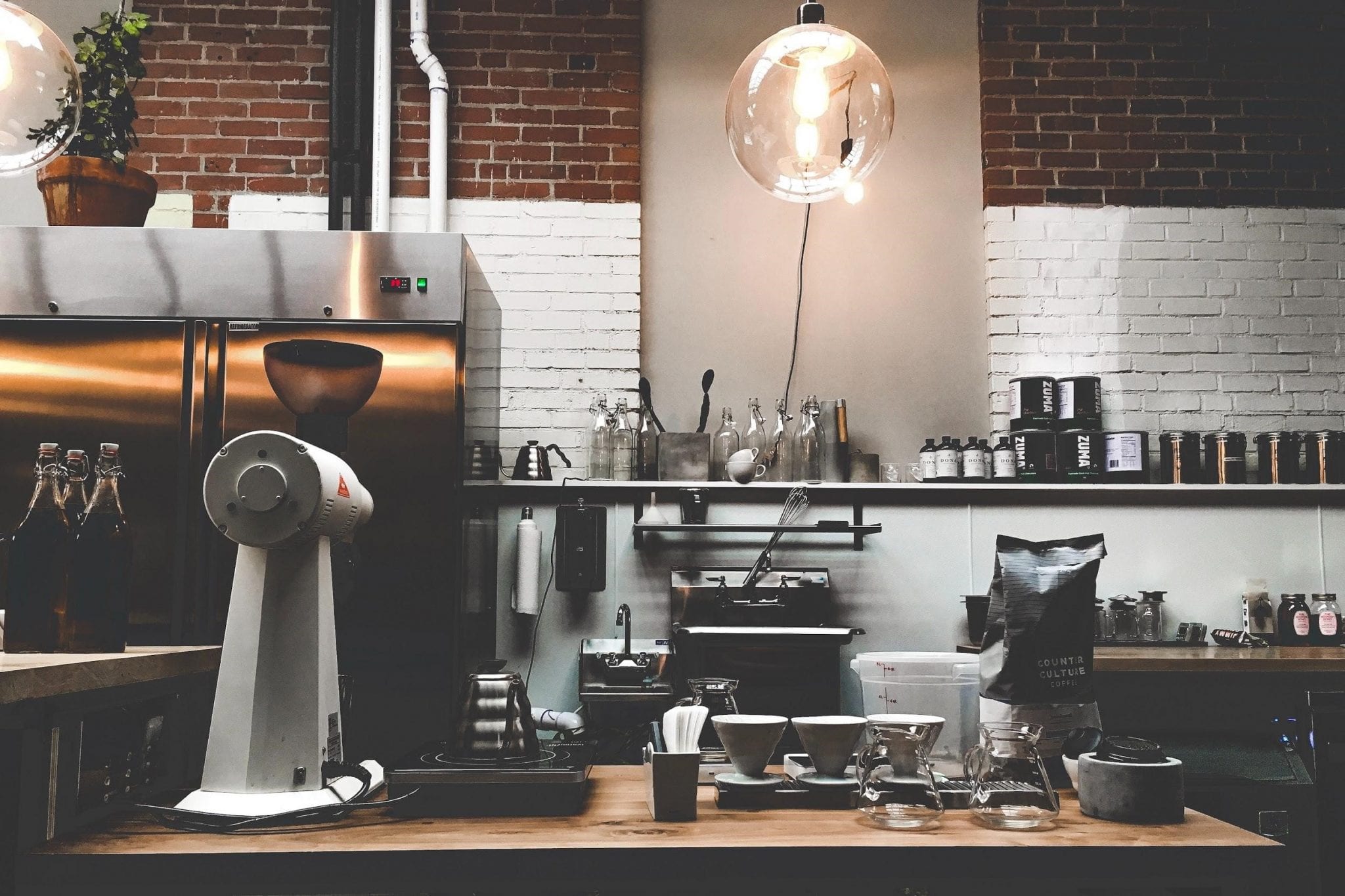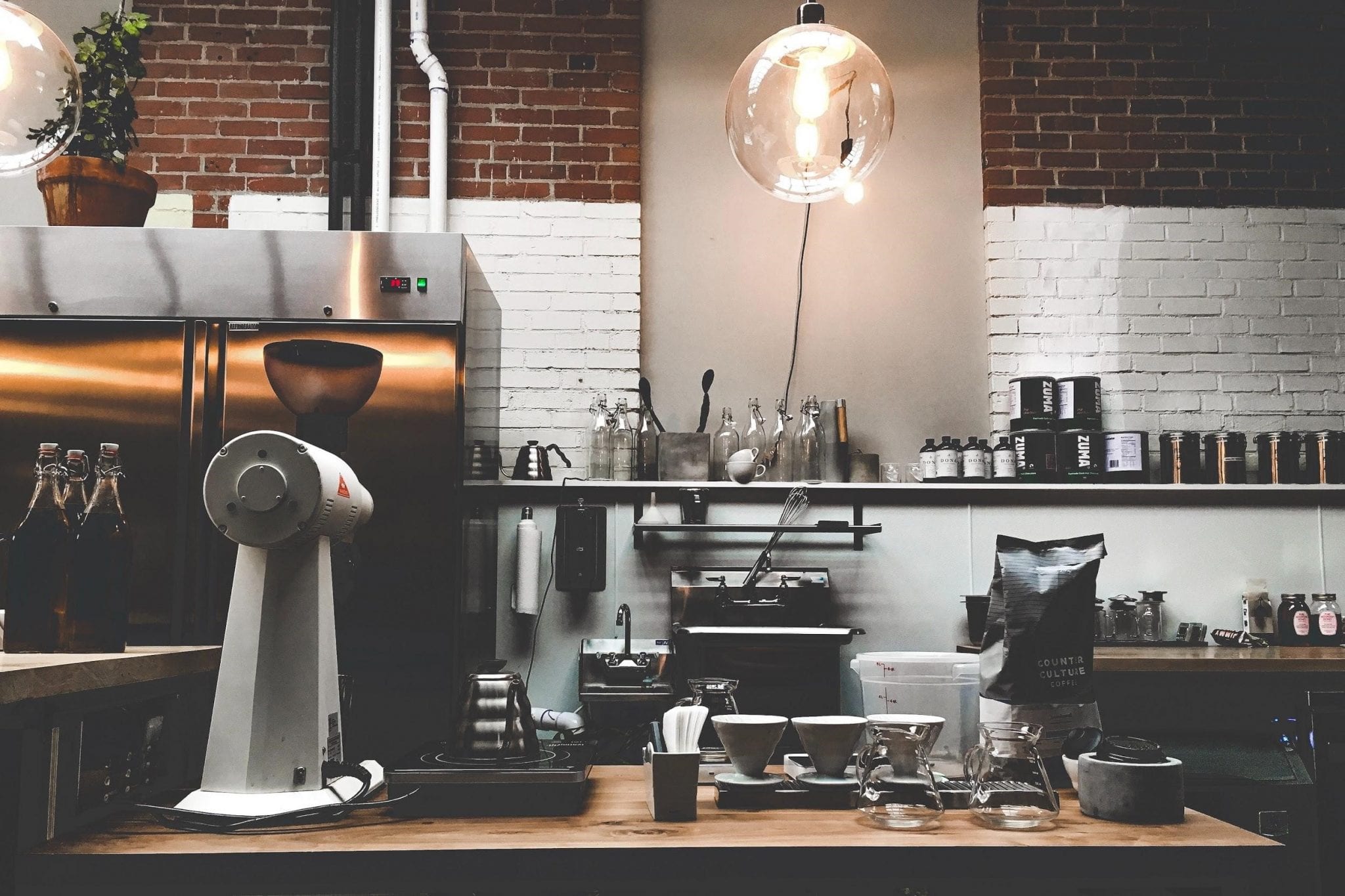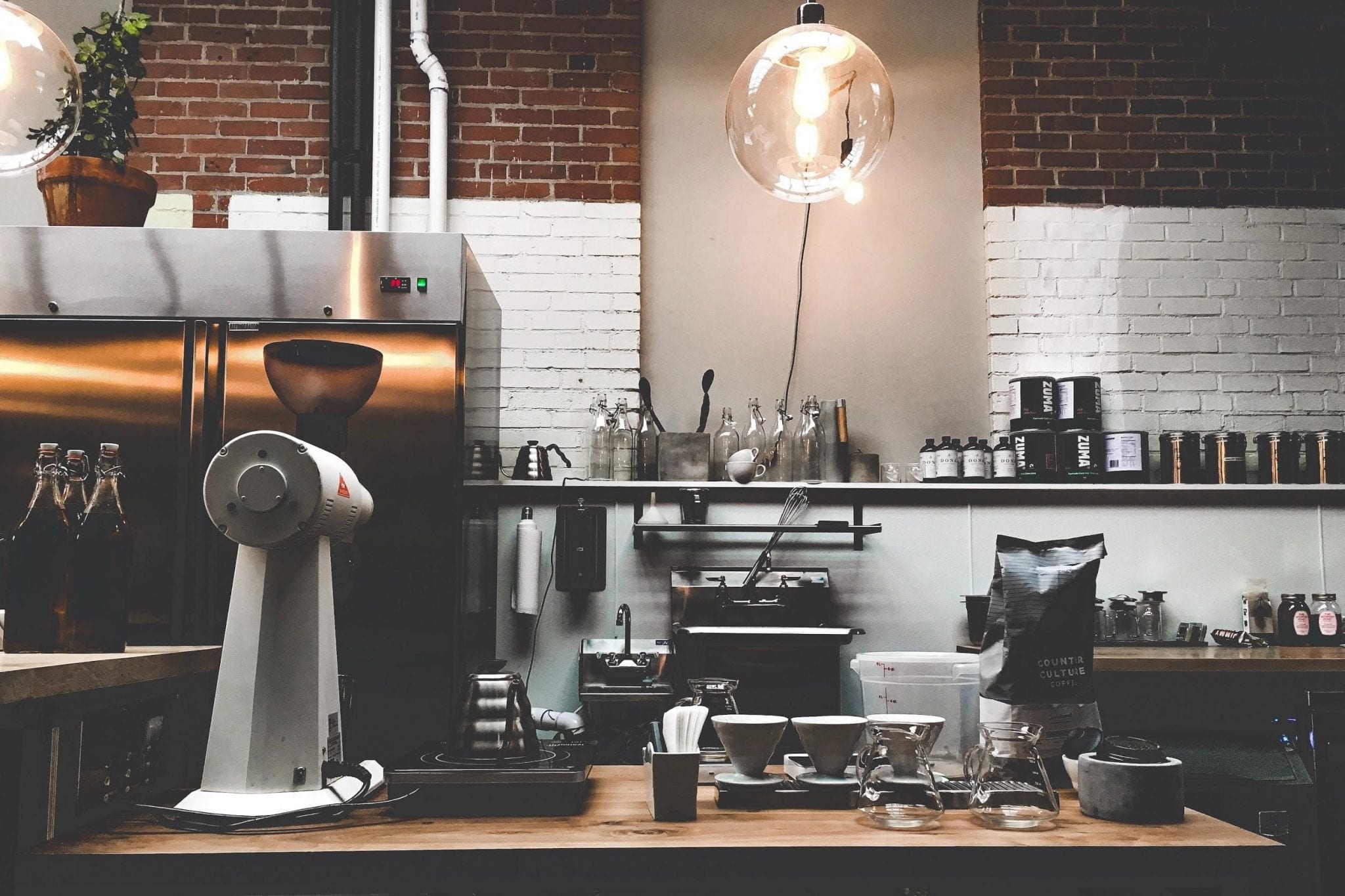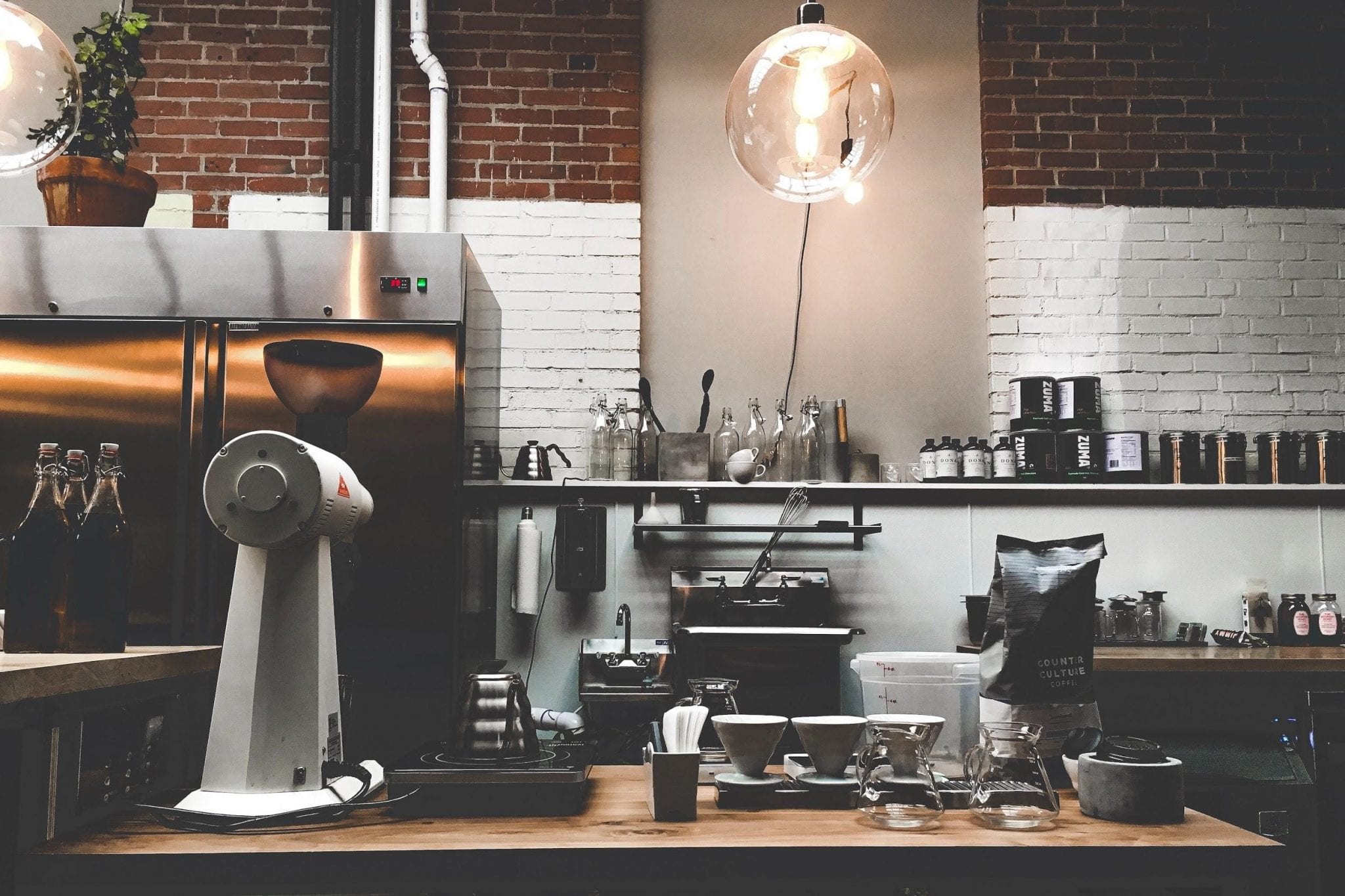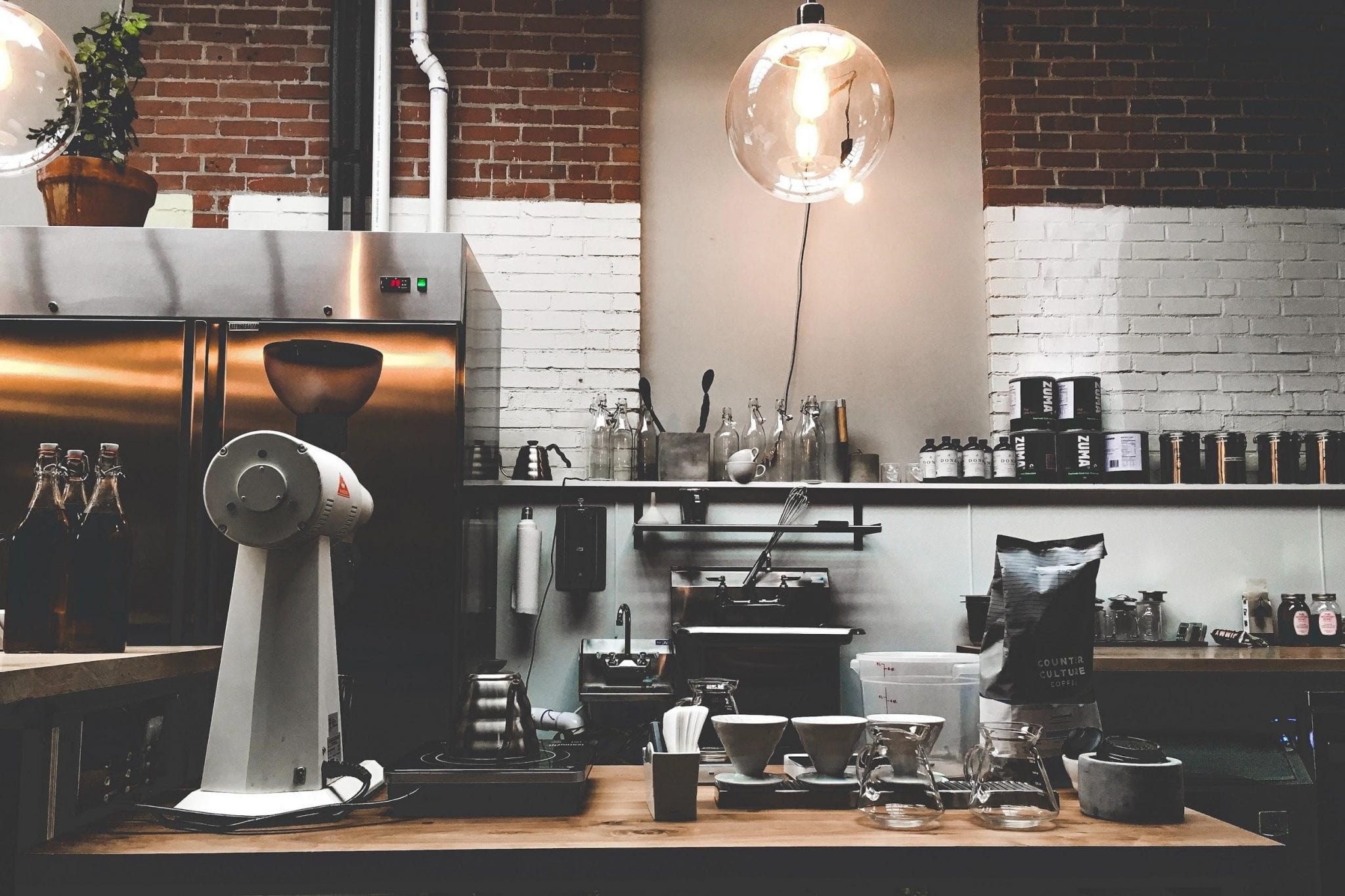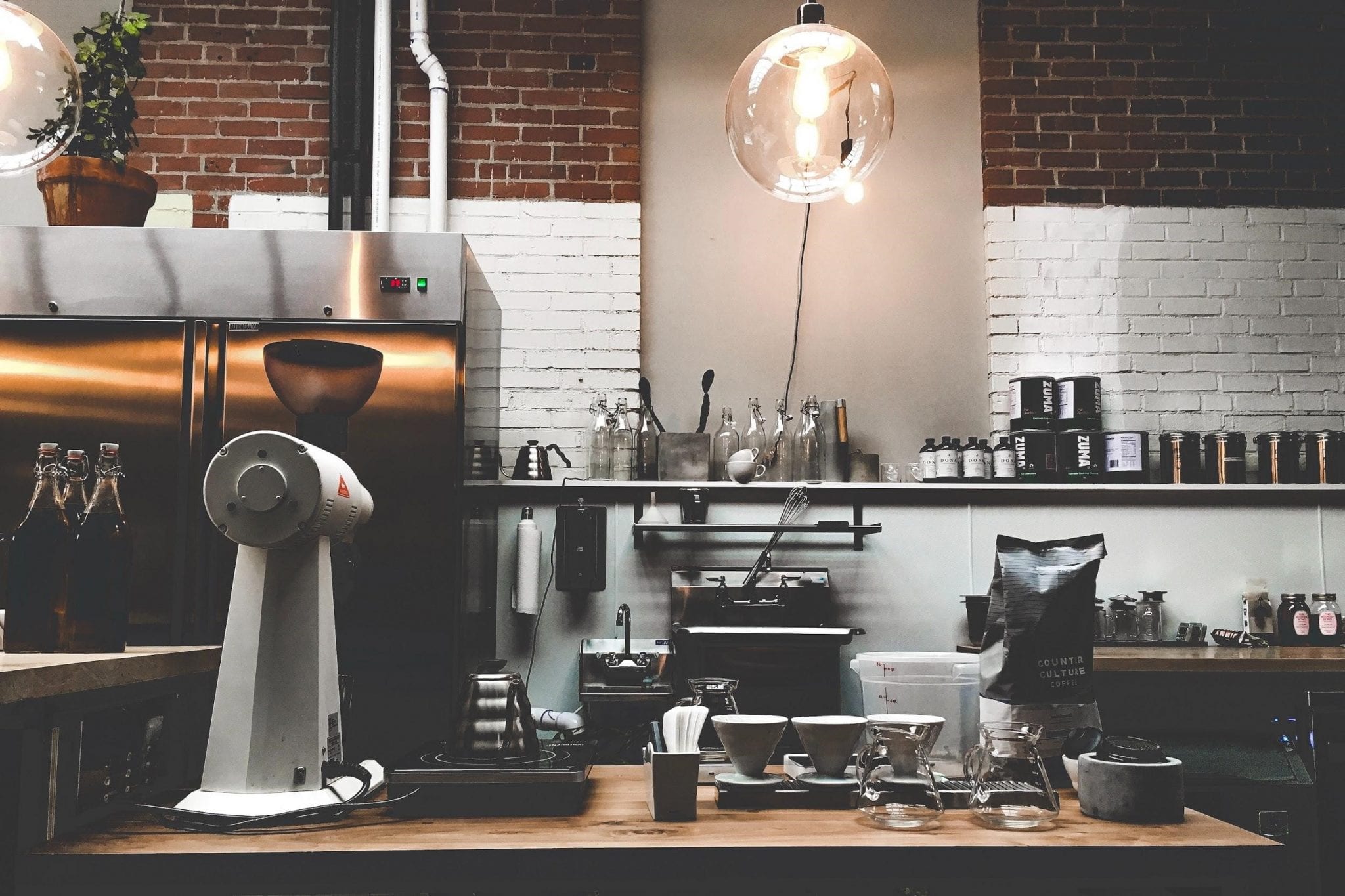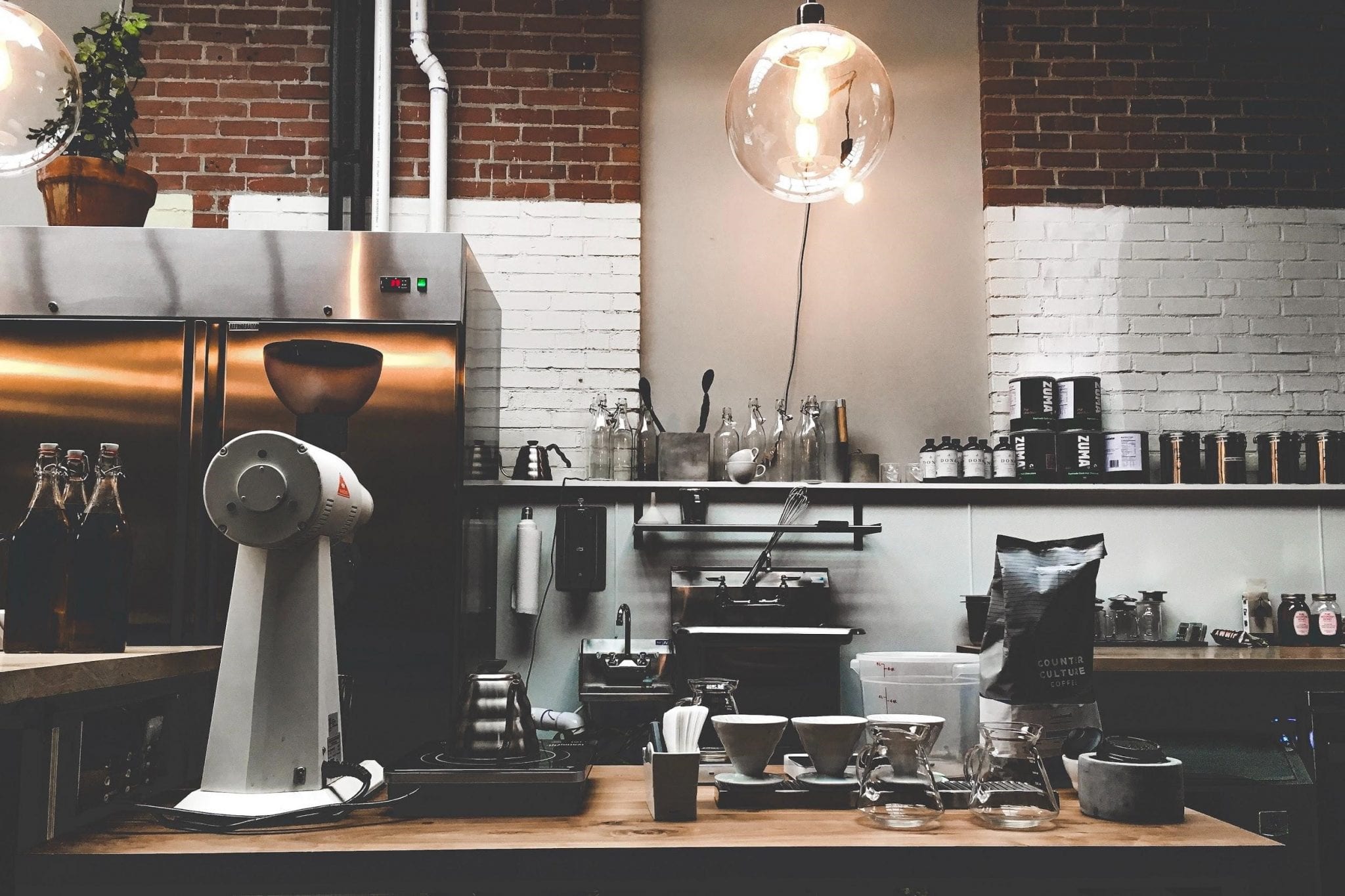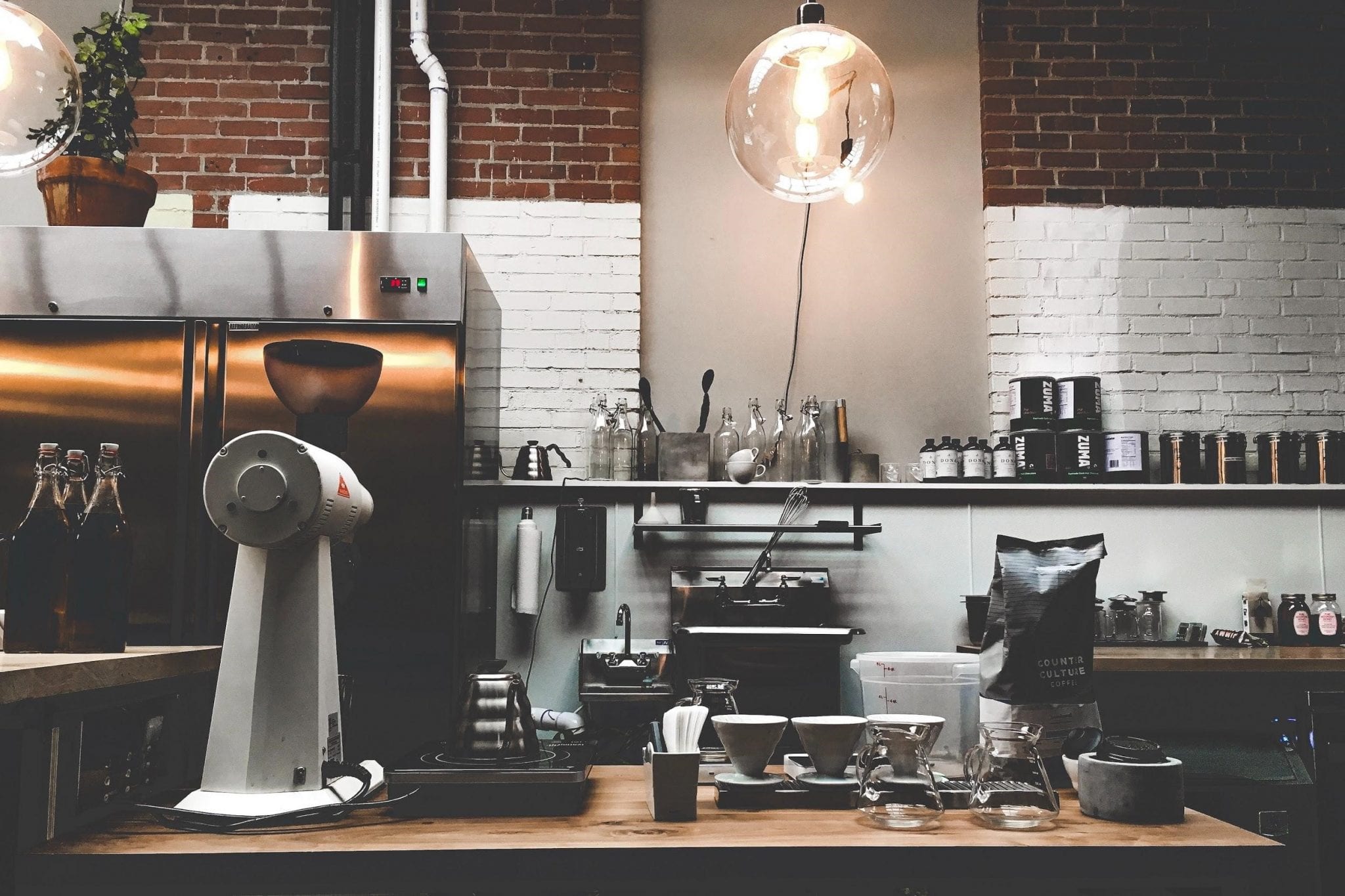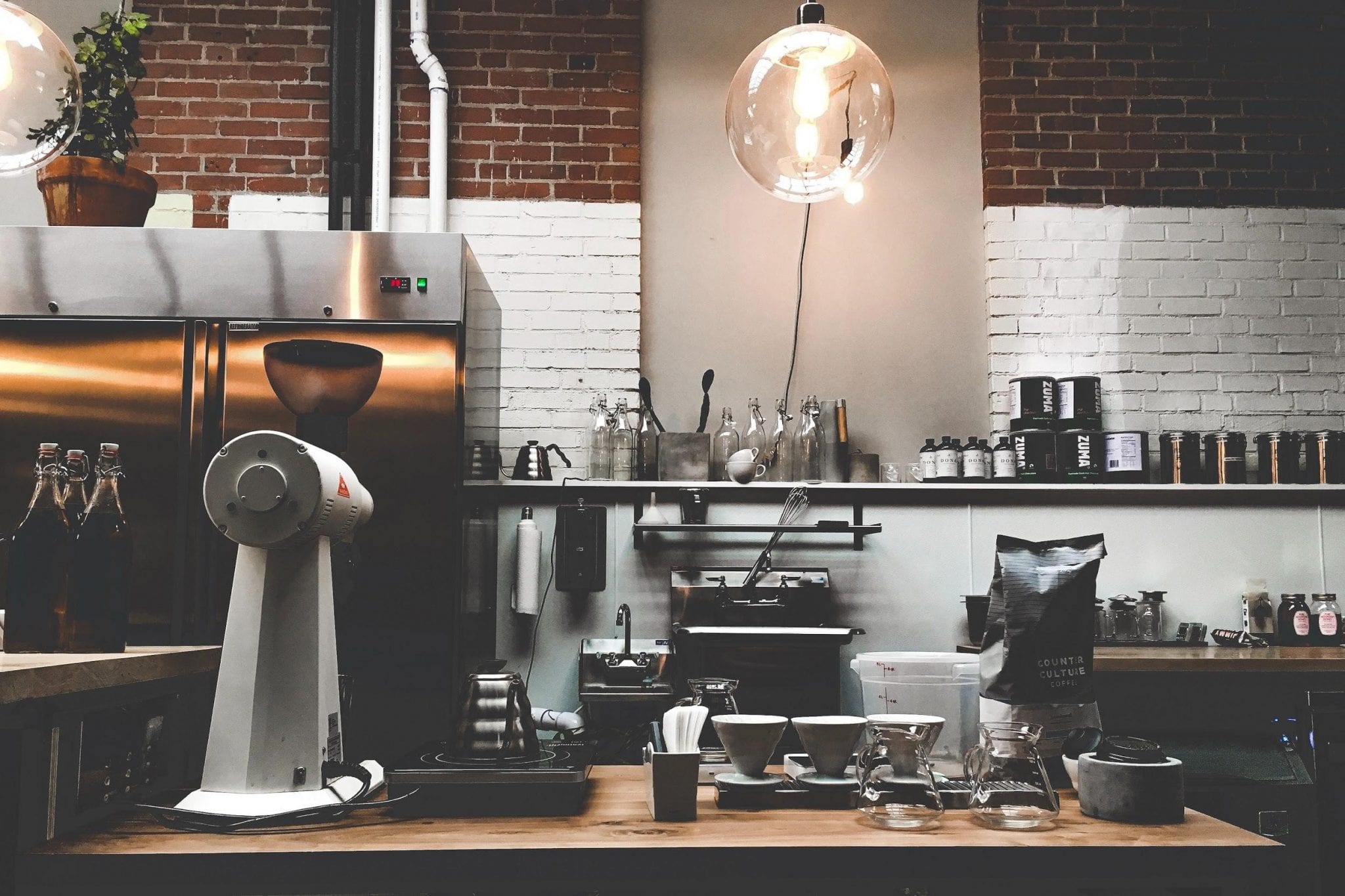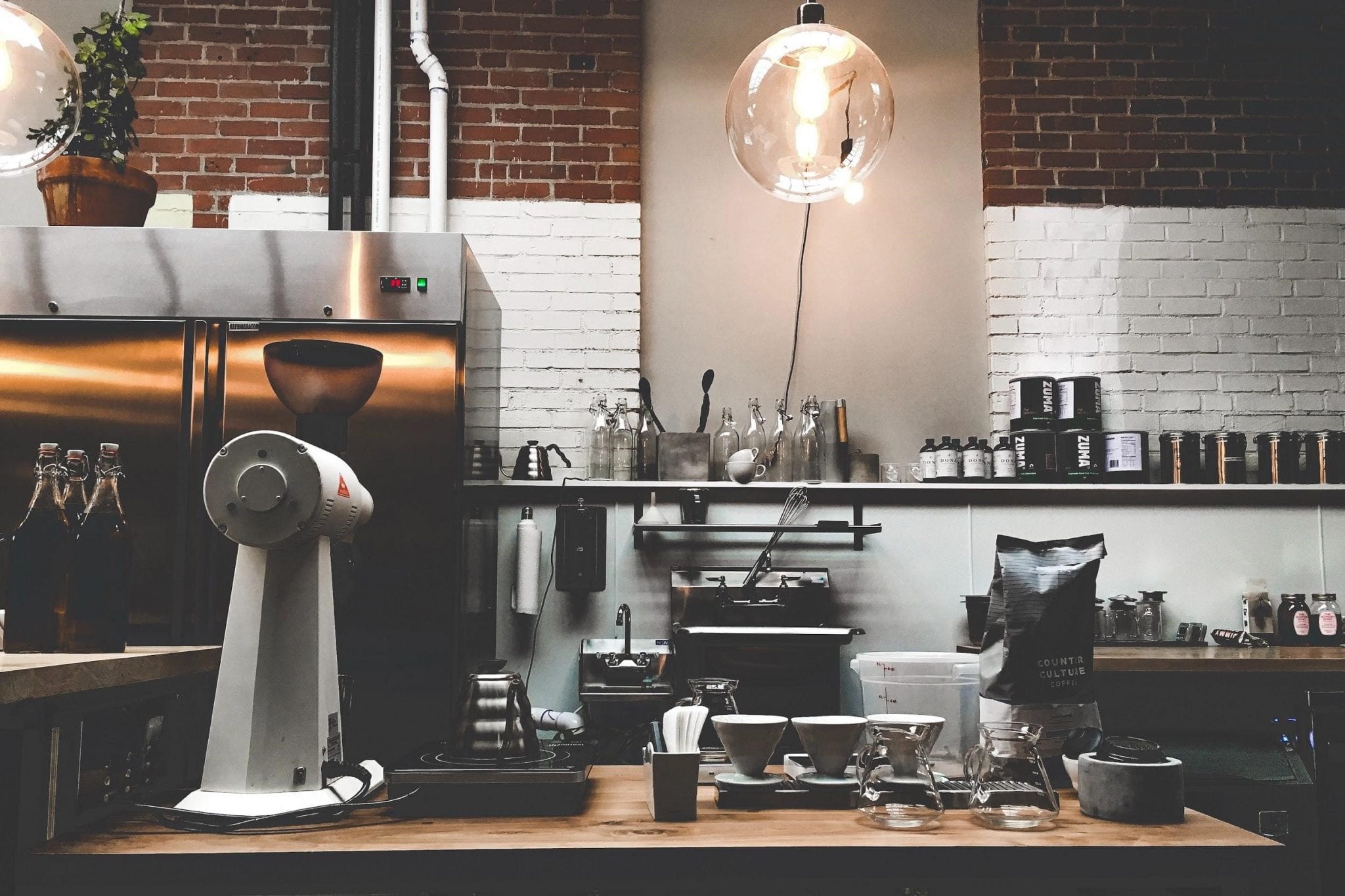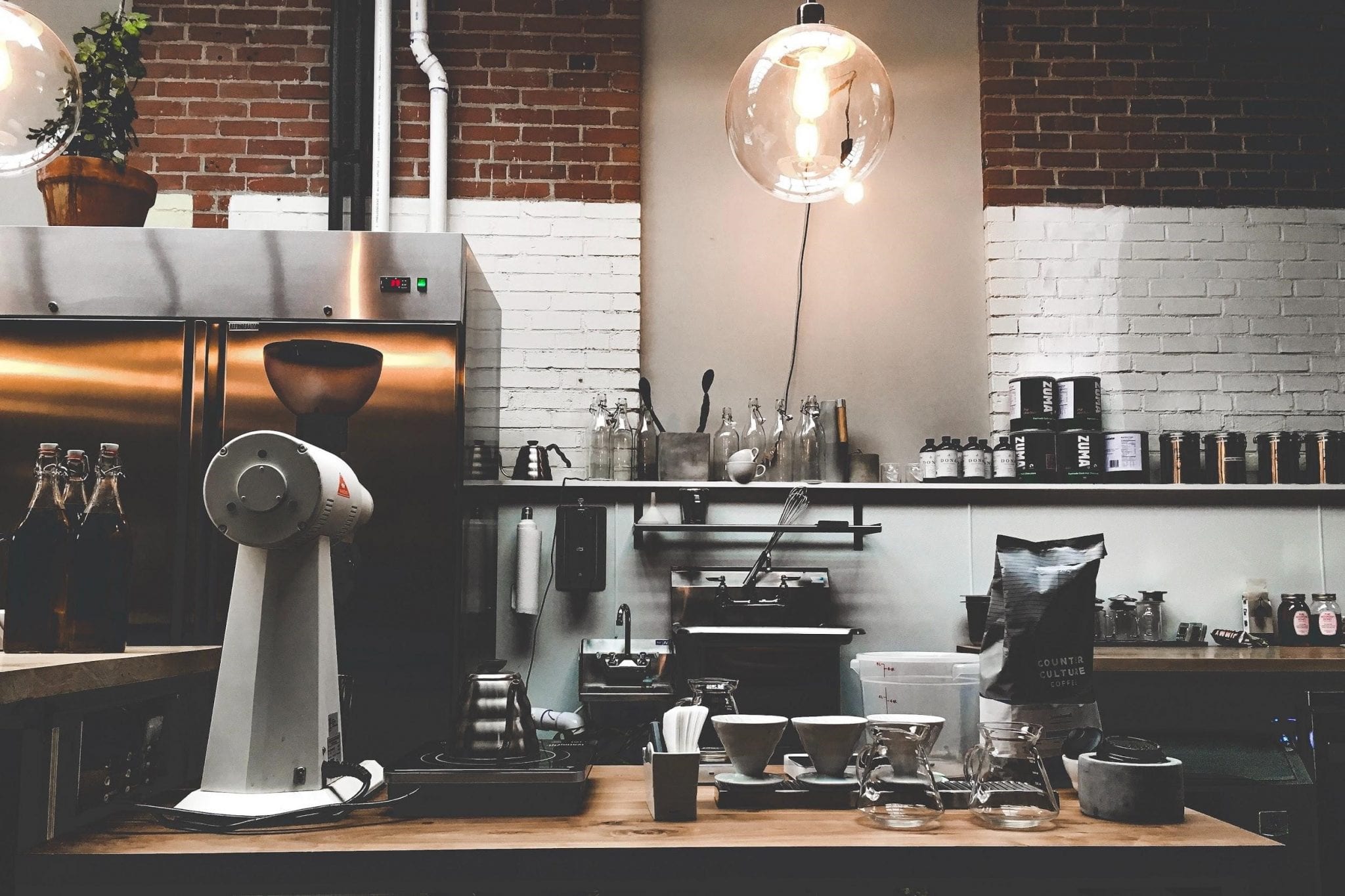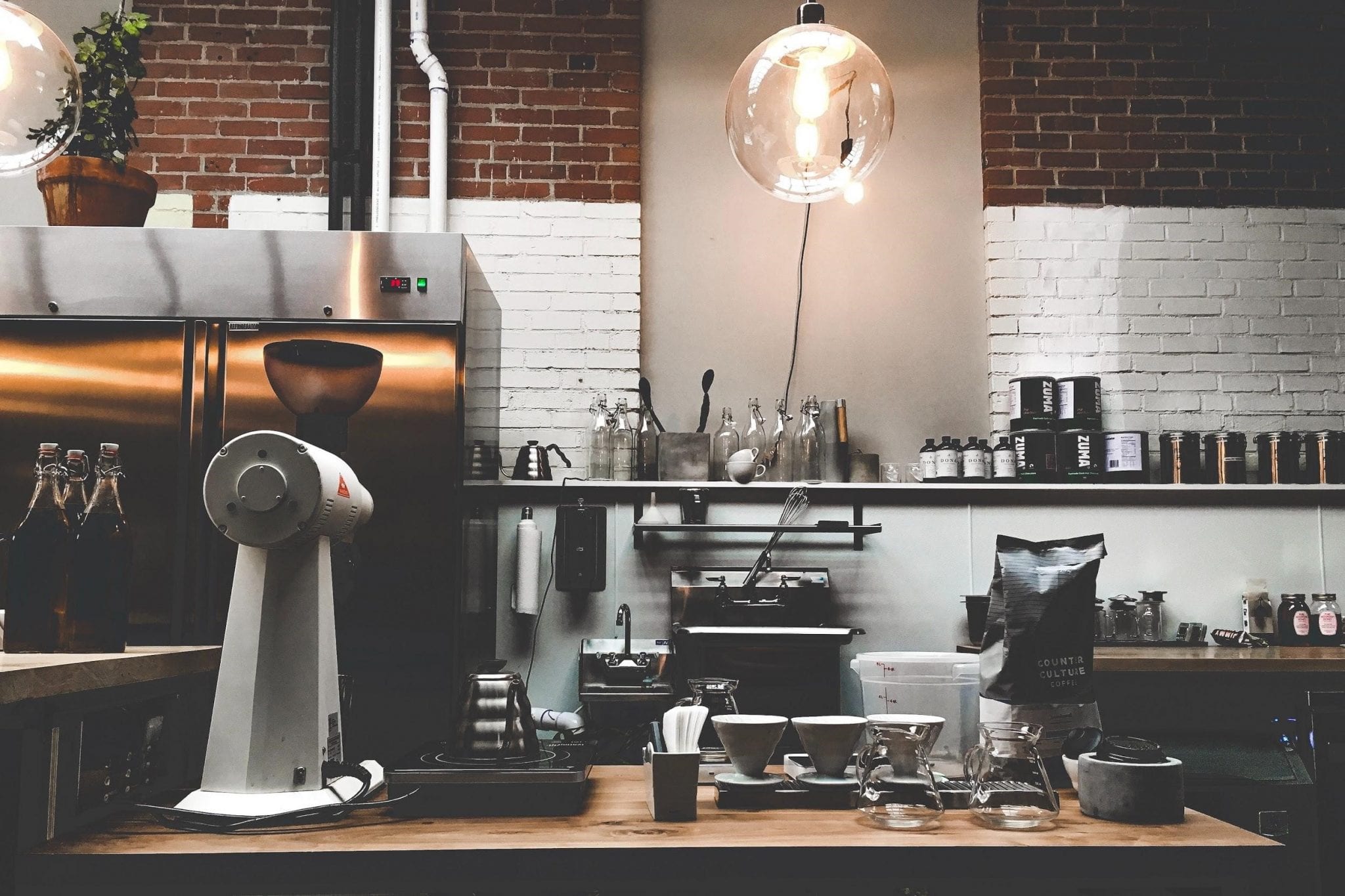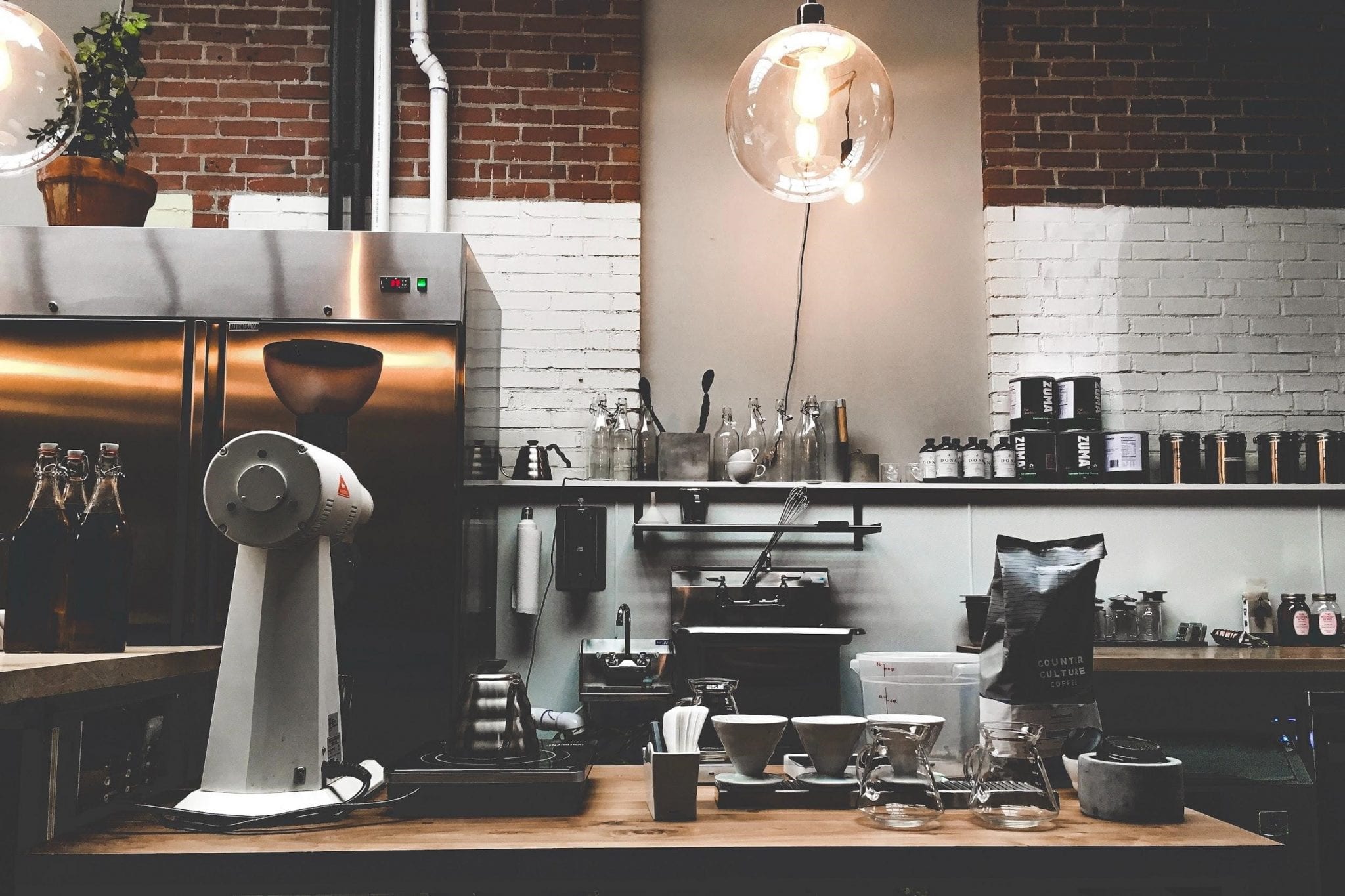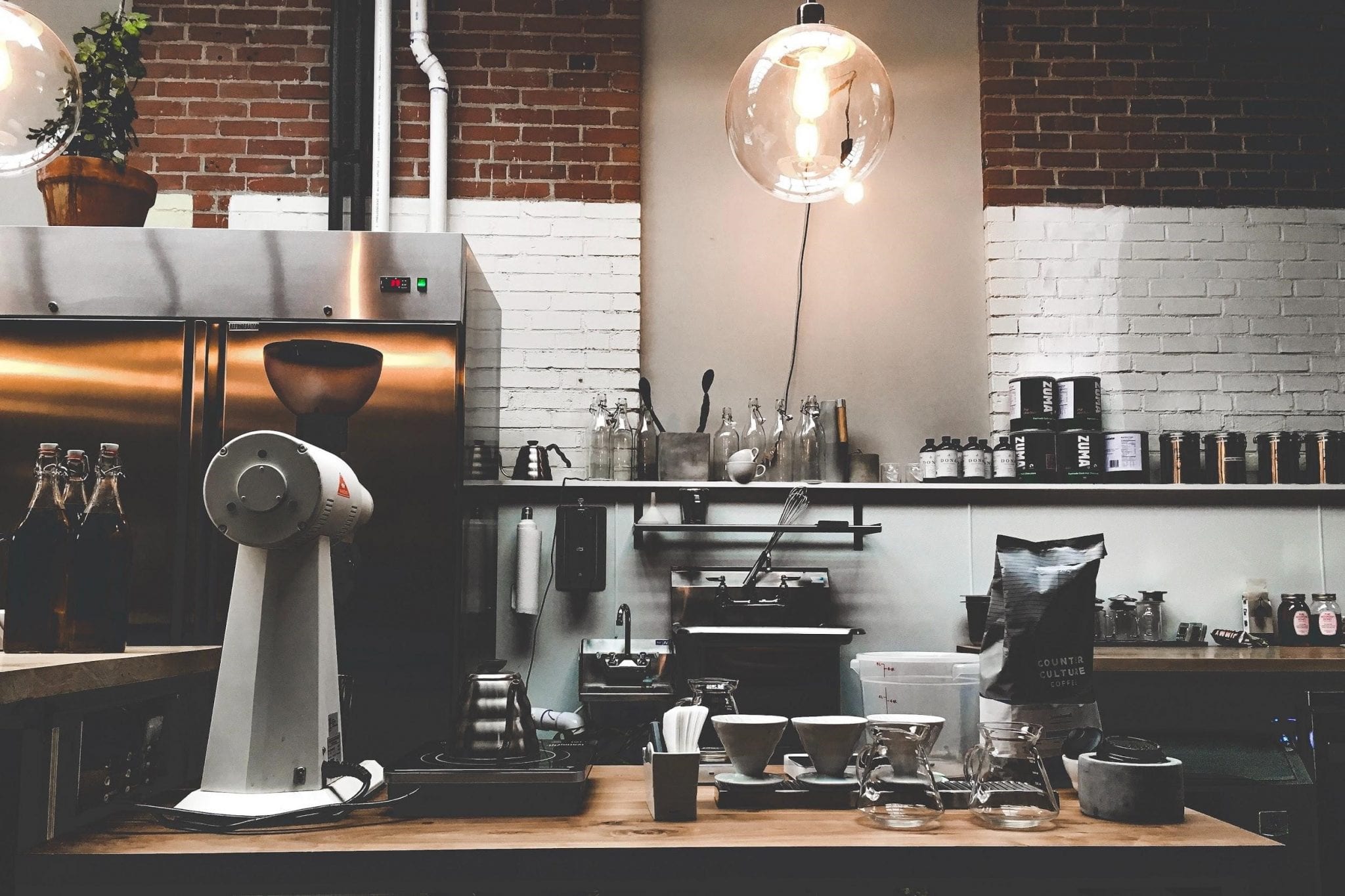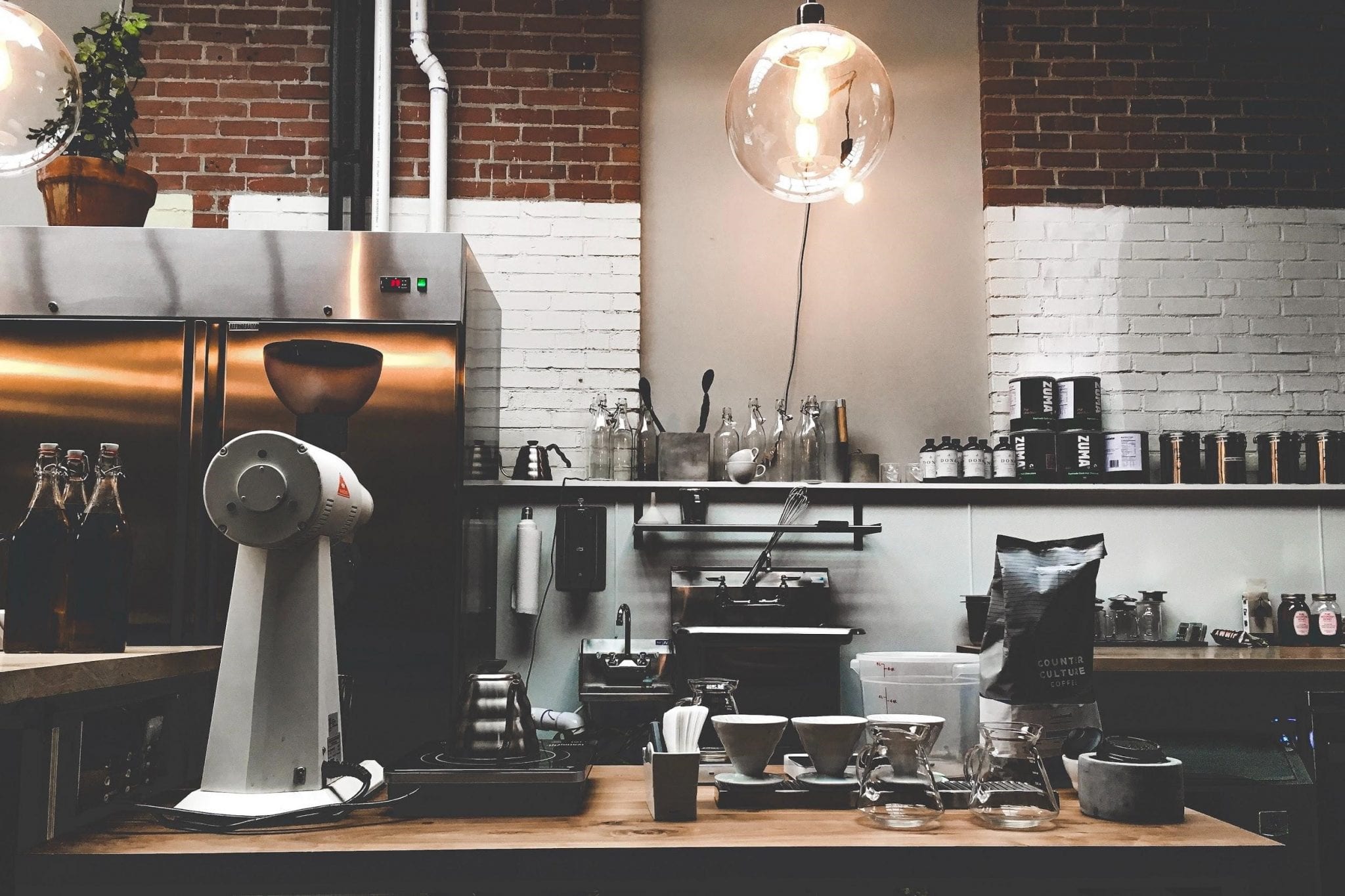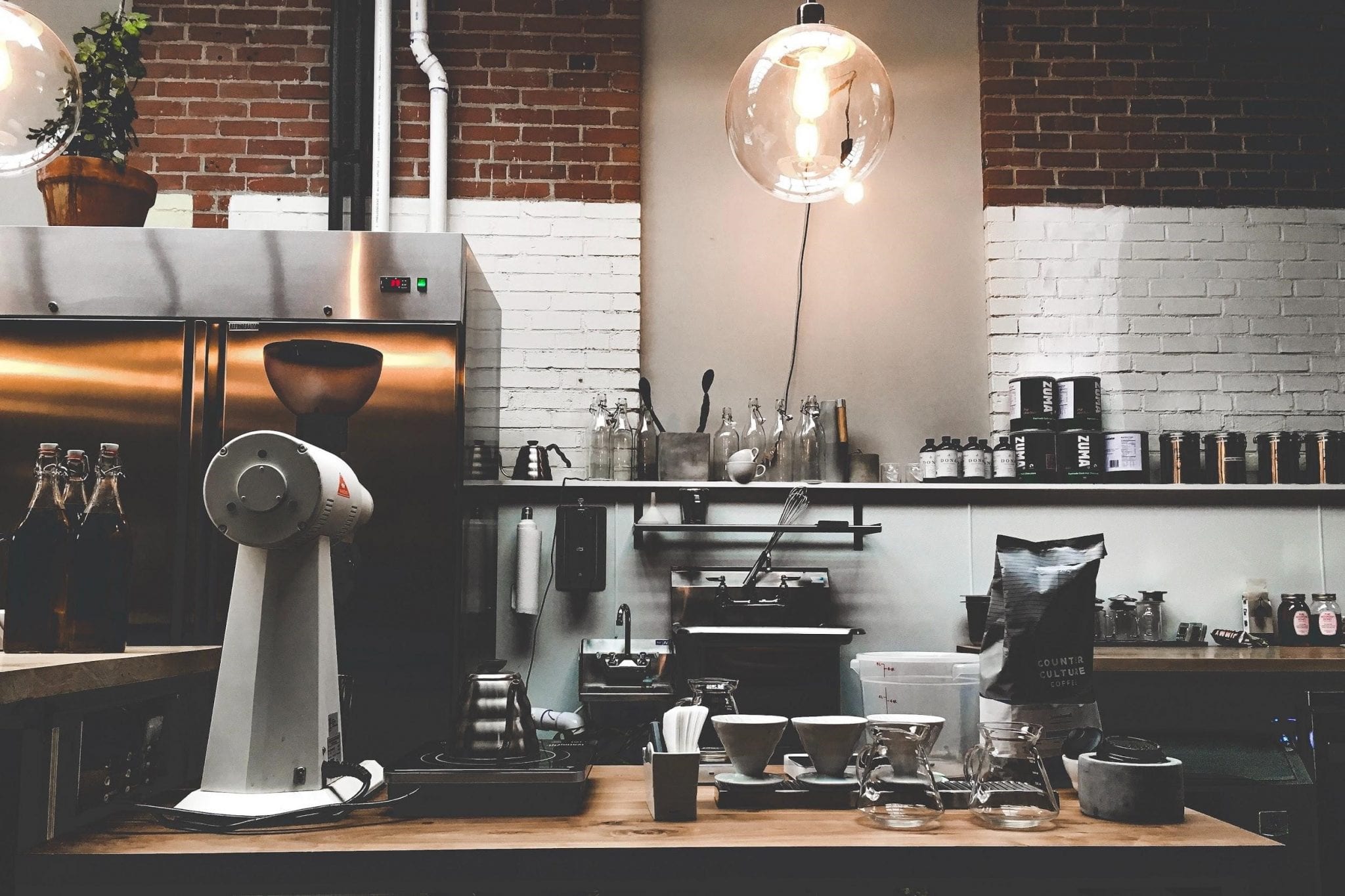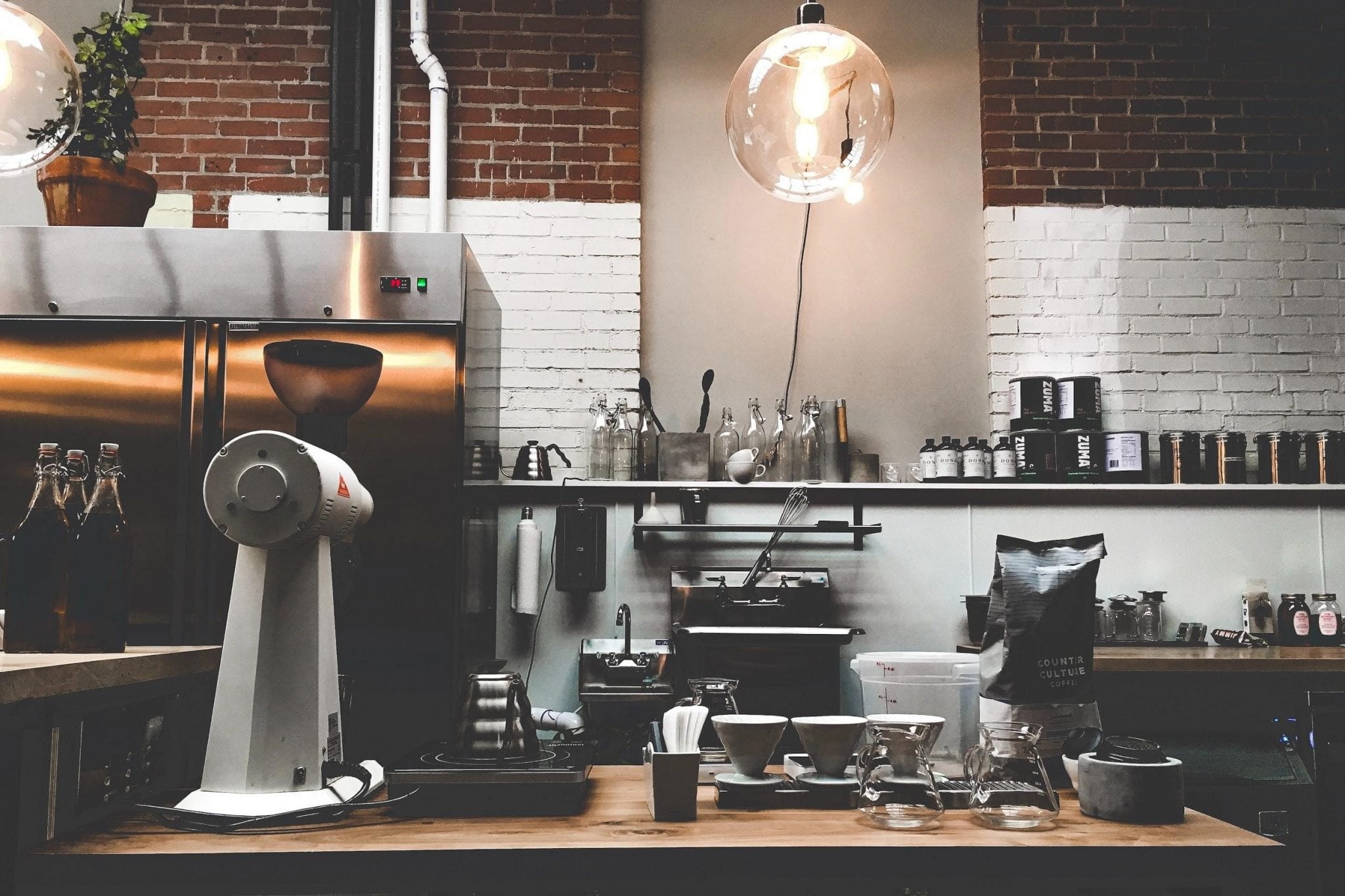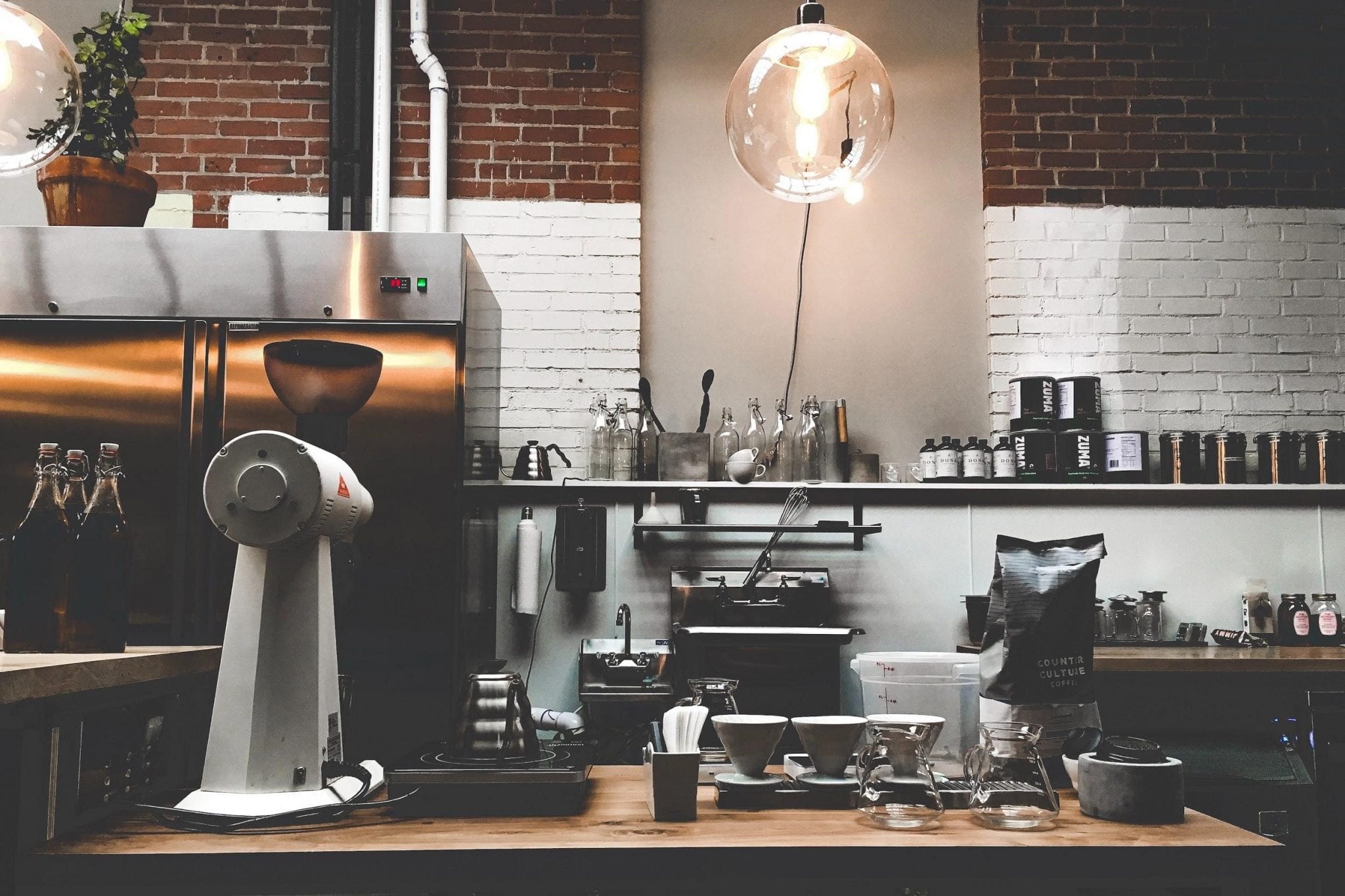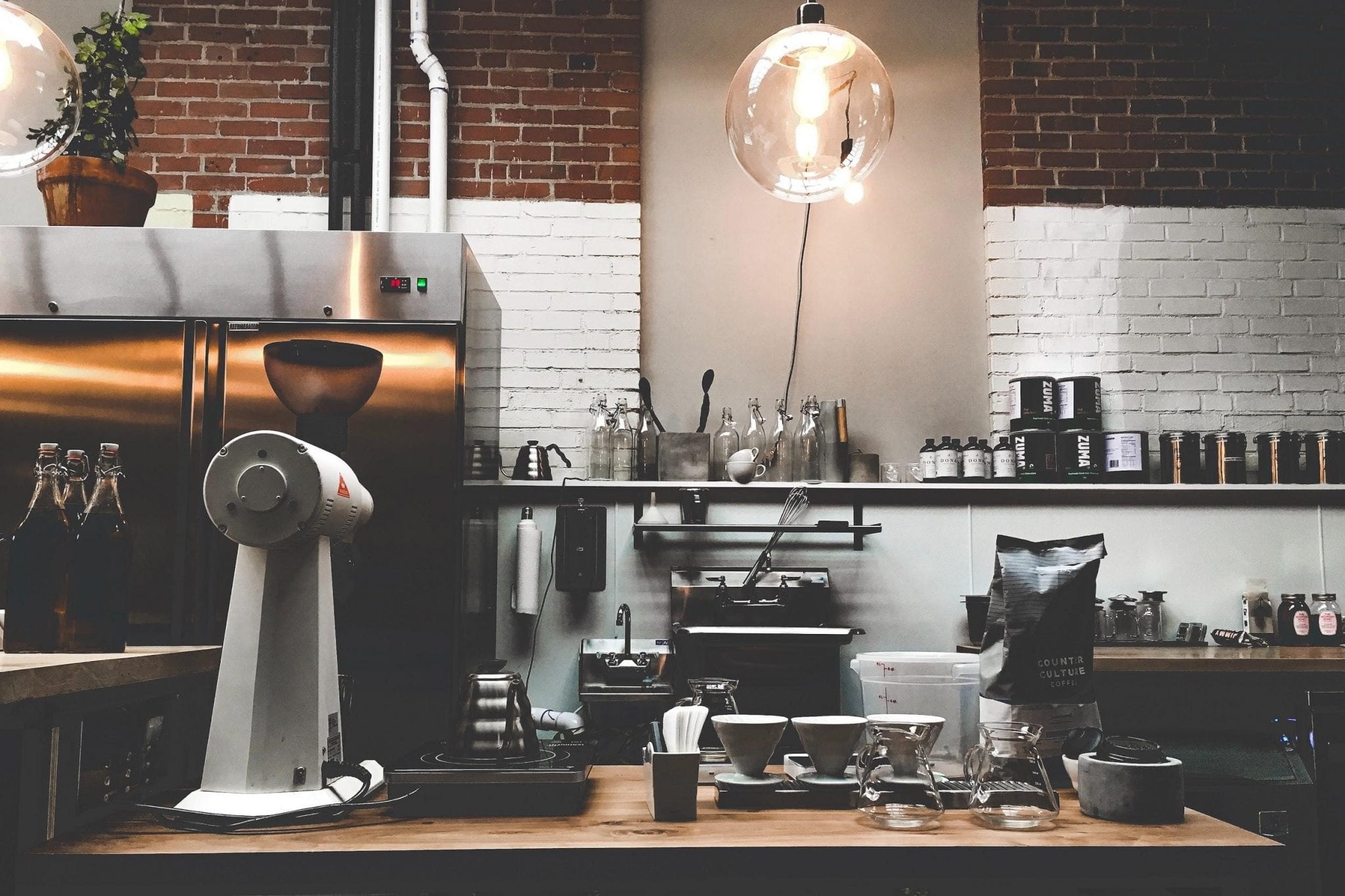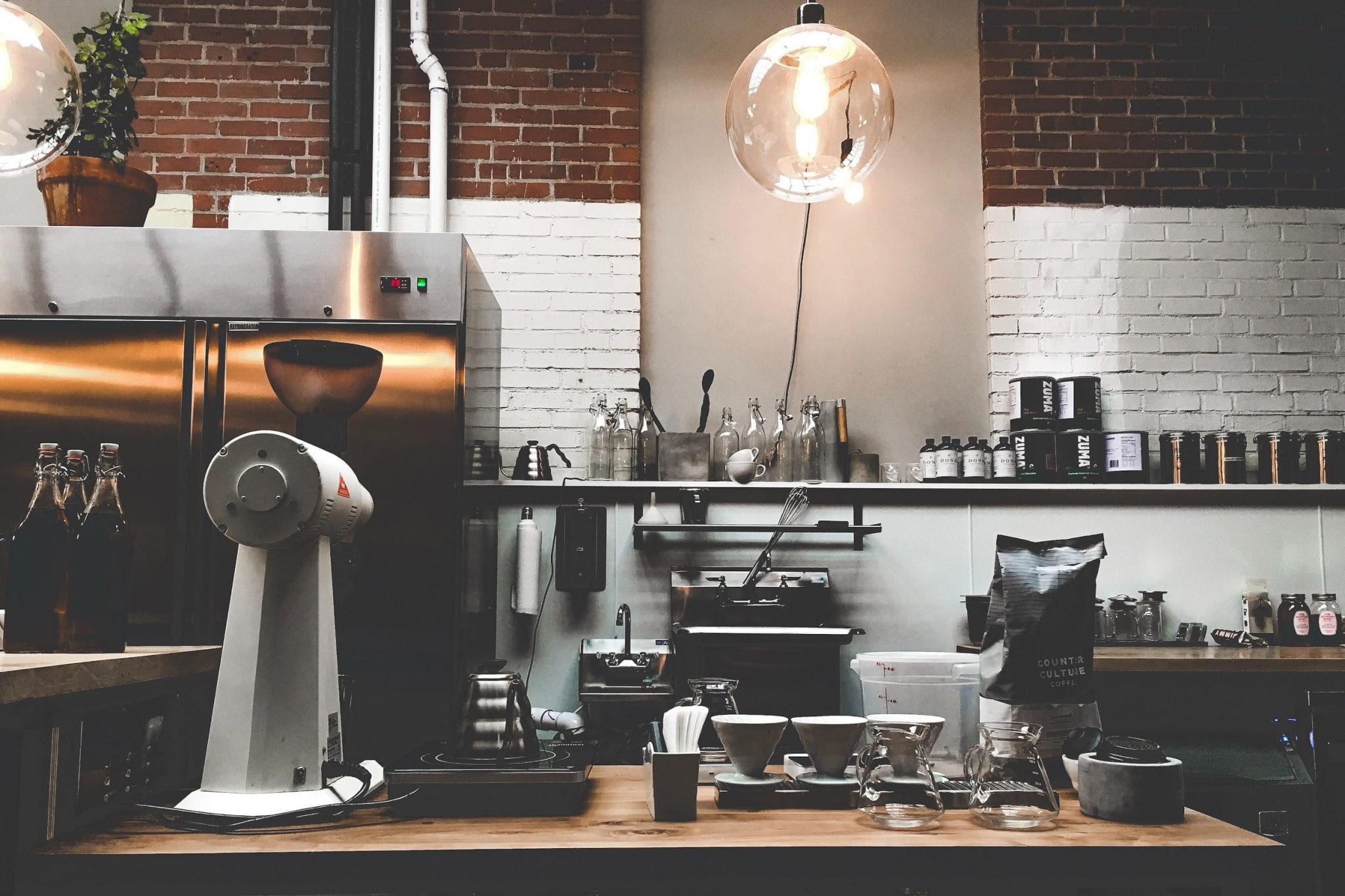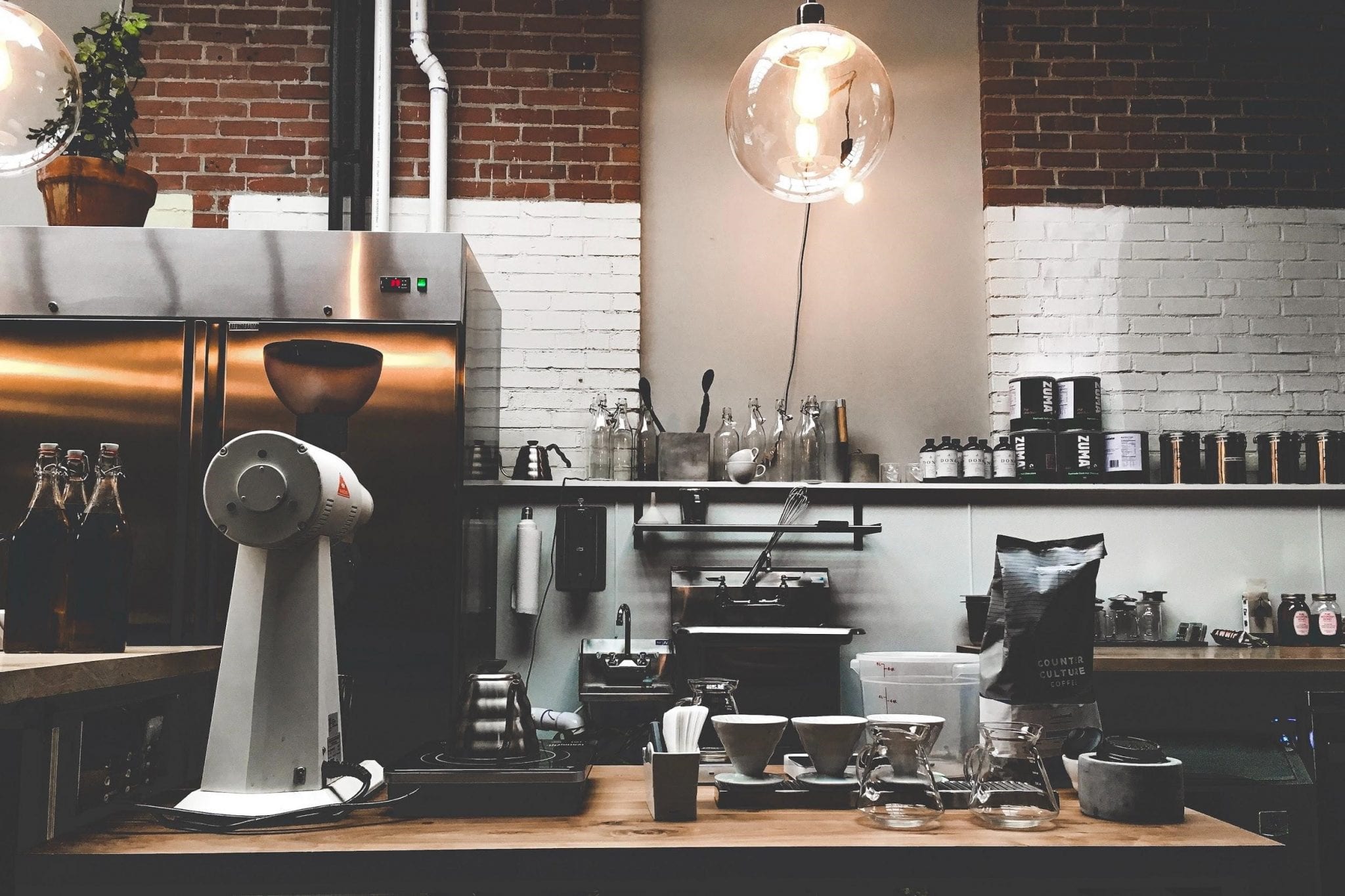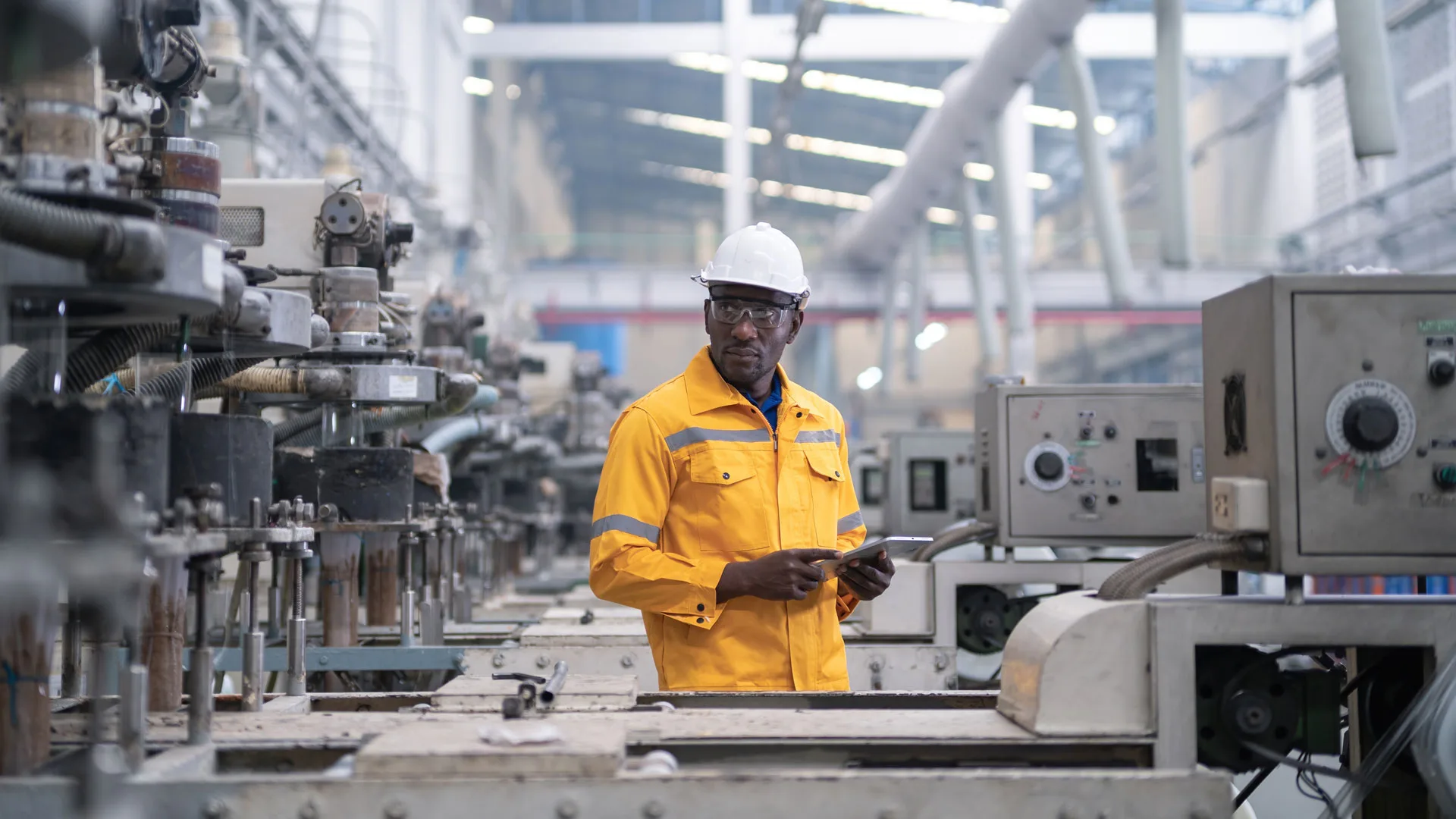Running a coffee shop involves constant interaction with customers in a bustling environment filled with hot beverages, food prepar…
Coffee Shop Slip and Fall Insurance: Protecting Your Business from Customer Accidents
Running a coffee shop comes with unique risks that many business owners don't fully consider until it's too late. Among the most common and potentially costly incidents are slip and fall accidents involving customers. With constant foot traffic, spilled beverages, wet floors, and the fast-paced environment typical of coffee shops, the risk of customer injuries is significantly higher than in many other retail businesses.
Understanding Coffee Shop Slip and Fall Risks
Coffee shops present numerous hazards that can lead to slip and fall accidents. The combination of liquid products, high customer turnover, and often limited space creates a perfect storm for potential incidents. Hot beverages are constantly being carried by both staff and customers, creating opportunities for spills that can make floors dangerously slippery within seconds.
Weather conditions add another layer of complexity. During rainy periods, customers entering with wet shoes and umbrellas can create hazardous conditions near entrances. In winter, melting snow and ice tracked in from outside can turn entrance areas into slip hazards. Even on dry days, coffee grounds, sugar packets, and food crumbs can create unexpected tripping hazards.
The layout of most coffee shops, with their combination of seating areas, service counters, and often cramped spaces, means customers are frequently navigating around chairs, bags, and other obstacles while carrying hot beverages. This increases the likelihood of accidents and the severity of potential injuries.
Common Slip and Fall Scenarios in Coffee Shops
Beverage spills represent the most frequent cause of slip and fall incidents in coffee shops. Whether it's a customer accidentally knocking over their drink, a staff member spilling while cleaning, or condensation from cold beverages creating puddles, liquid on floors poses an immediate danger. The situation becomes even more hazardous when the spilled liquid is hot, as customers may instinctively jump back from hot coffee or tea, potentially losing their balance.
Entrance areas are particularly problematic zones. The transition from outdoor surfaces to indoor flooring, combined with weather-related moisture, creates conditions where accidents frequently occur. Door mats that aren't properly secured can bunch up or slide, creating tripping hazards rather than preventing them.
Food service areas present their own challenges. Coffee shops that serve pastries, sandwiches, or other food items often have crumbs and small food particles that can act like ball bearings underfoot. Grease from heated food items can also create slippery surfaces that aren't immediately visible to customers or staff.
Bathroom facilities, while necessary, add another dimension of risk. Water from hand washing, soap residue, and cleaning products can create slippery conditions. The confined space of most coffee shop bathrooms means that if someone does slip, they're likely to strike fixtures or walls, potentially increasing injury severity.
Legal Implications and Liability Concerns
When a customer suffers a slip and fall accident in your coffee shop, the legal implications can be severe and long-lasting. Under premises liability law, business owners have a duty of care to maintain reasonably safe conditions for customers. This doesn't mean you're automatically liable for every accident, but it does mean you need to demonstrate that you took reasonable steps to identify and address potential hazards.
The concept of reasonable care is crucial in slip and fall cases. Courts will examine whether you had proper cleaning procedures in place, whether staff were trained to identify and address spills promptly, and whether you conducted regular inspections of your premises. They'll also consider whether adequate warning signs were posted when hazardous conditions existed.
Proving negligence in slip and fall cases often comes down to documentation and witness testimony. Security camera footage can be invaluable in defending against false claims, but it can also work against you if it shows staff ignoring obvious hazards or failing to follow proper safety procedures.
The financial impact of slip and fall lawsuits extends far beyond the immediate medical costs of injured customers. Legal defense costs can quickly mount into tens of thousands of pounds, even for cases that are ultimately dismissed. If you're found liable, compensation awards can include medical expenses, lost wages, pain and suffering, and in severe cases, long-term care costs.
Types of Injuries and Associated Costs
Slip and fall accidents in coffee shops can result in a wide range of injuries, from minor bruises to life-changing trauma. The hard surfaces common in coffee shops, including tile, concrete, and wood floors, offer little cushioning when someone falls. This means that even seemingly minor slips can result in significant injuries.
Wrist and arm fractures are extremely common as people instinctively try to break their fall with outstretched hands. These injuries often require surgery, extended physical therapy, and can result in permanent limitations, especially for older customers. Hip fractures, particularly dangerous for elderly customers, can lead to extended hospitalization, rehabilitation, and in some cases, permanent mobility issues.
Head injuries represent the most serious category of slip and fall trauma. When someone slips and falls backward, striking their head on the floor or nearby furniture, the results can be catastrophic. Traumatic brain injuries can require years of treatment and rehabilitation, with compensation claims potentially reaching hundreds of thousands of pounds.
Back and spinal injuries from slip and fall accidents can have long-lasting impacts on a person's quality of life and earning capacity. Herniated discs, compressed vertebrae, and soft tissue damage can require ongoing medical treatment and may prevent individuals from returning to their previous employment.
The emotional trauma associated with slip and fall accidents shouldn't be underestimated. Many victims develop anxiety about walking on potentially slippery surfaces, which can significantly impact their daily lives. This psychological component is increasingly recognized in compensation claims.
Insurance Coverage Options
Public liability insurance forms the foundation of protection against slip and fall claims in coffee shops. This coverage typically includes legal defense costs, medical expenses for injured parties, and compensation awards up to your policy limits. However, not all public liability policies are created equal, and coffee shop owners need to ensure their coverage adequately reflects their specific risks.
Standard public liability policies may have exclusions or limitations that could leave coffee shop owners exposed. For example, some policies may exclude coverage for incidents involving food service or may have reduced coverage for accidents involving hot beverages. It's essential to work with an insurer who understands the unique risks of coffee shop operations.
The amount of public liability coverage needed depends on several factors, including the size of your operation, location, customer volume, and local legal environment. While minimum coverage requirements vary, many experts recommend coverage of at least £2 million for coffee shops, with larger operations potentially needing £5 million or more.
Product liability insurance becomes relevant if slip and fall accidents are caused by defective equipment or products you've sold. If a customer slips because of a faulty chair or table, or if packaging from food items creates a hazard, product liability coverage can provide protection.
Employers liability insurance, while primarily focused on employee injuries, can also be relevant in slip and fall scenarios. If a customer's accident is caused by an employee's negligence, or if an employee is injured while responding to a customer accident, this coverage may apply.
Prevention Strategies and Risk Management
Preventing slip and fall accidents requires a comprehensive approach that addresses both immediate hazards and underlying risk factors. Regular floor maintenance is crucial, but it goes beyond simply mopping up spills. The type of flooring material, cleaning products used, and maintenance schedule all play important roles in accident prevention.
Non-slip flooring materials should be considered for high-risk areas, particularly around service counters and entrance areas. While these materials may cost more initially, they can significantly reduce accident risk and demonstrate your commitment to customer safety in the event of a legal claim.
Staff training is perhaps the most critical component of slip and fall prevention. Employees need to understand not just how to clean up spills, but how to identify potential hazards before they cause accidents. This includes recognizing when floor surfaces are becoming worn or damaged, understanding how weather conditions affect safety, and knowing how to properly deploy warning signs and barriers.
Implementing a formal inspection schedule ensures that potential hazards are identified and addressed systematically rather than reactively. This might include hourly walk-throughs during busy periods, daily deep cleaning of high-risk areas, and weekly assessments of flooring condition and equipment safety.
Weather-related prevention strategies are essential for coffee shops in climates with significant seasonal variation. This might include installing better drainage systems near entrances, using industrial-grade entrance mats, and having protocols for dealing with tracked-in moisture during rainy or snowy periods.
Documentation and Incident Response
When slip and fall accidents do occur, your response in the immediate aftermath can significantly impact any subsequent legal proceedings. Having a clear incident response protocol helps ensure that injured customers receive appropriate care while also protecting your business interests.
Immediate medical attention should always be the first priority. Even if injuries appear minor, encouraging customers to seek medical evaluation demonstrates care and concern while also ensuring that any injuries are properly documented by medical professionals rather than being dismissed or minimized.
Thorough documentation of the incident scene is crucial. This includes photographs of the area where the accident occurred, any contributing factors like spills or damaged flooring, and the general condition of the premises. Witness statements should be collected while memories are fresh, and security camera footage should be preserved immediately.
Incident reports should be completed promptly and should include objective observations rather than opinions about fault or causation. Details about weather conditions, lighting, customer behavior, and any actions taken by staff should all be recorded. This documentation often becomes crucial evidence if legal proceedings follow.
Communication with insurance providers should happen as soon as possible after any significant incident. Many policies require prompt notification of potential claims, and early involvement of insurance representatives can help ensure that proper procedures are followed and evidence is preserved.
Working with Insurance Providers
Selecting the right insurance provider for coffee shop slip and fall coverage requires careful consideration of several factors beyond just premium costs. The insurer's experience with hospitality and food service businesses, their claims handling reputation, and their understanding of slip and fall risks all play important roles in the value of coverage.
Claims handling procedures vary significantly between insurers, and these differences can have major impacts on your business during stressful claim situations. Some insurers provide dedicated claims representatives for food service businesses, while others use generalist adjusters who may not fully understand the unique aspects of coffee shop operations.
The availability of risk management resources and support services can add significant value to insurance relationships. Many insurers offer training materials, safety audits, and consultation services that can help prevent accidents and demonstrate your commitment to safety in the event of claims.
Policy terms and conditions require careful review, particularly regarding coverage limits, deductibles, and exclusions. Some policies may have aggregate limits that could be exhausted by multiple smaller claims, while others may have per-incident limits that provide better protection against catastrophic single events.
Cost Factors and Premium Considerations
Insurance premiums for slip and fall coverage in coffee shops are influenced by numerous factors, many of which are within the business owner's control. Location plays a significant role, with urban locations typically facing higher premiums due to increased foot traffic and higher local compensation awards.
The physical characteristics of your coffee shop significantly impact premium calculations. Factors such as floor type, seating arrangement, entrance design, and overall layout all influence risk assessments. Coffee shops with outdoor seating, multiple levels, or unique architectural features may face higher premiums due to increased complexity and risk.
Your claims history, both for your specific business and for the broader category of coffee shops, influences premium calculations. Businesses with clean safety records often qualify for experience-based discounts, while those with previous claims may face higher rates or additional requirements.
Risk management practices and safety investments can positively impact premium costs. Many insurers offer discounts for businesses that implement formal safety training programs, maintain detailed incident logs, or invest in safety equipment like non-slip flooring or improved lighting.
Industry Best Practices
Leading coffee shop operators have developed comprehensive approaches to slip and fall prevention that go beyond basic compliance requirements. These best practices often involve creating a culture of safety awareness among all staff members, not just management.
Regular safety meetings help keep slip and fall prevention at the forefront of staff consciousness. These meetings can review recent incidents, discuss seasonal risks, and reinforce proper procedures for hazard identification and response. Staff members who work directly with customers often have the best insights into potential risk factors and should be encouraged to share their observations.
Customer education can also play a role in accident prevention. Simple measures like posting reminders about wet floors, providing adequate lighting in all areas, and ensuring that pathways remain clear of obstacles can help customers navigate your space more safely.
Collaboration with other local businesses can provide valuable insights into effective prevention strategies. Coffee shops in similar locations or with comparable customer bases often face similar challenges, and sharing experiences and solutions can benefit everyone involved.
Regulatory Compliance and Standards
Coffee shops must comply with various health and safety regulations that directly impact slip and fall risks. Understanding these requirements and ensuring consistent compliance helps protect both customers and your business from preventable accidents.
Local health department regulations often specify requirements for floor surfaces, drainage, and cleaning procedures in food service establishments. These regulations are designed to prevent contamination and maintain sanitary conditions, but they also contribute to slip and fall prevention when properly implemented.
Building codes and accessibility requirements influence the design and maintenance of coffee shop spaces. Proper lighting levels, appropriate flooring materials, and accessible pathways all contribute to customer safety while ensuring compliance with legal requirements.
Regular inspections by regulatory authorities provide opportunities to identify and address potential safety issues before they result in accidents. Maintaining detailed records of compliance efforts and corrective actions demonstrates your commitment to safety and can be valuable in defending against liability claims.
Conclusion
Slip and fall accidents represent one of the most significant liability risks facing coffee shop owners today. The combination of liquid products, high customer traffic, and varied environmental conditions creates numerous opportunities for accidents that can result in serious injuries and costly legal claims.
Comprehensive insurance coverage provides essential financial protection, but it should be viewed as part of a broader risk management strategy rather than a complete solution. Effective prevention through proper training, maintenance, and safety procedures remains the best approach to protecting both customers and your business.
The investment in proper slip and fall prevention and insurance coverage pays dividends not only in reduced accident rates and insurance claims but also in enhanced customer confidence and business reputation. Customers who feel safe in your establishment are more likely to return and recommend your business to others.
Working with experienced insurance professionals who understand the unique risks of coffee shop operations ensures that you have appropriate coverage and access to valuable risk management resources. The cost of comprehensive protection is minimal compared to the potential financial and reputational damage that can result from serious slip and fall incidents.
By taking a proactive approach to slip and fall prevention and maintaining appropriate insurance coverage, coffee shop owners can focus on what they do best – providing excellent products and service to their customers – while having confidence that they're protected against one of the most common risks in their industry.


 0330 127 2333
0330 127 2333
